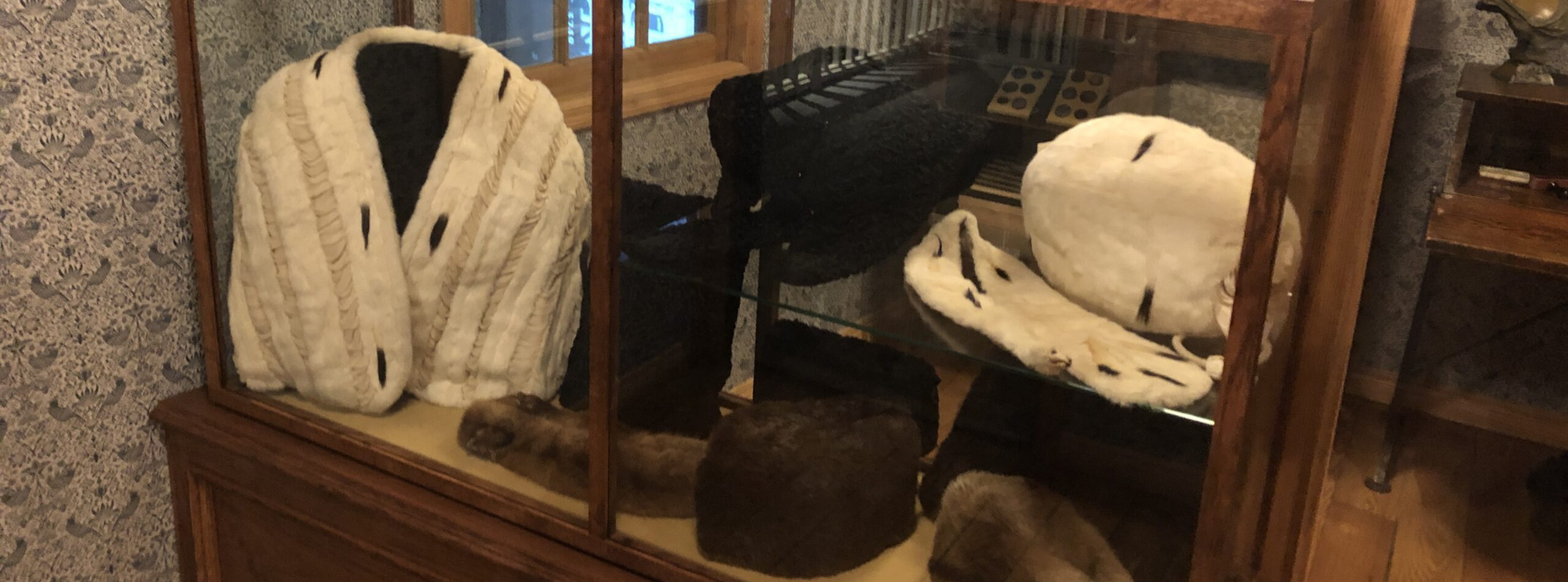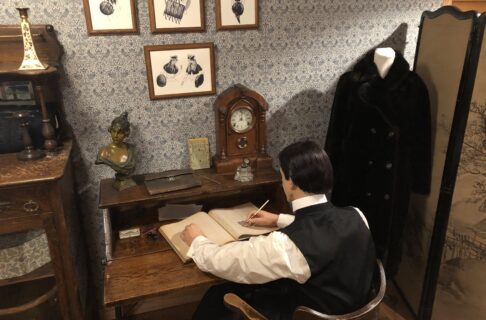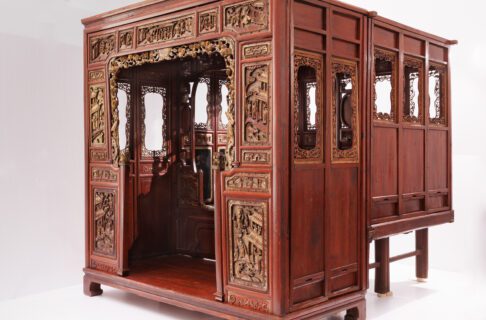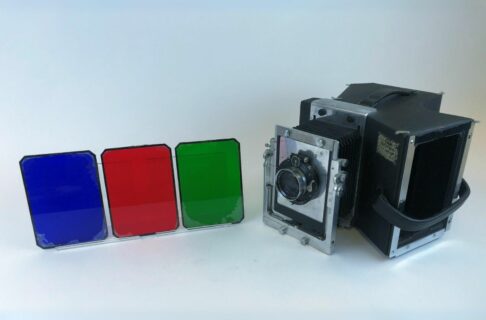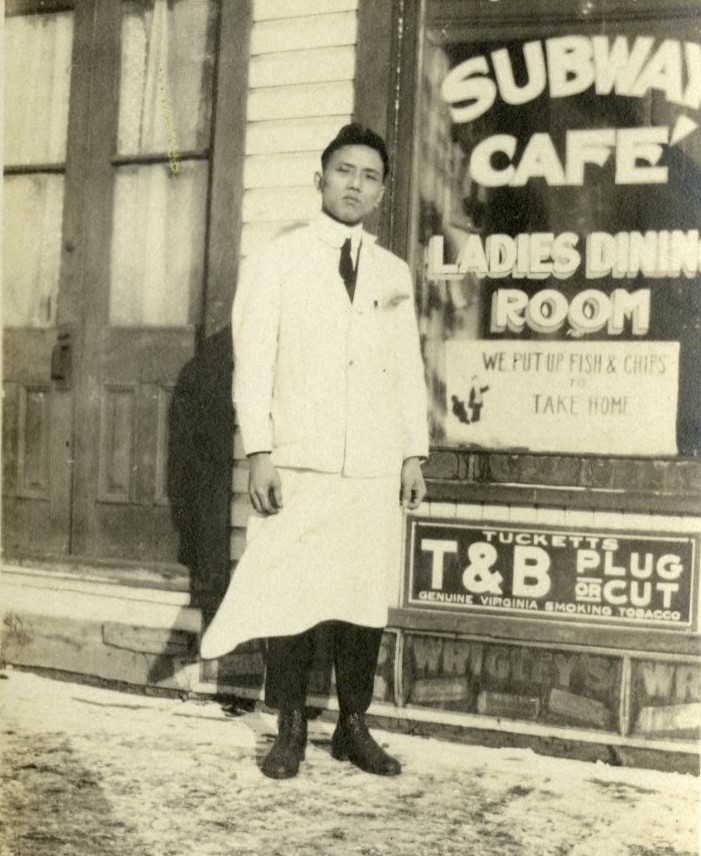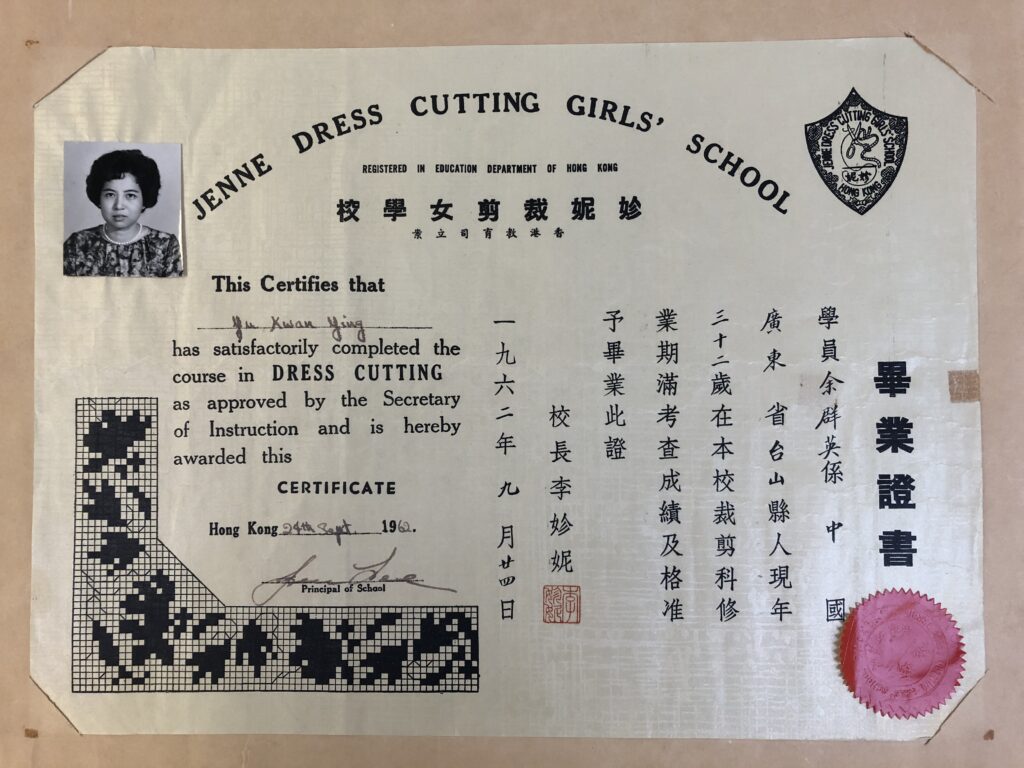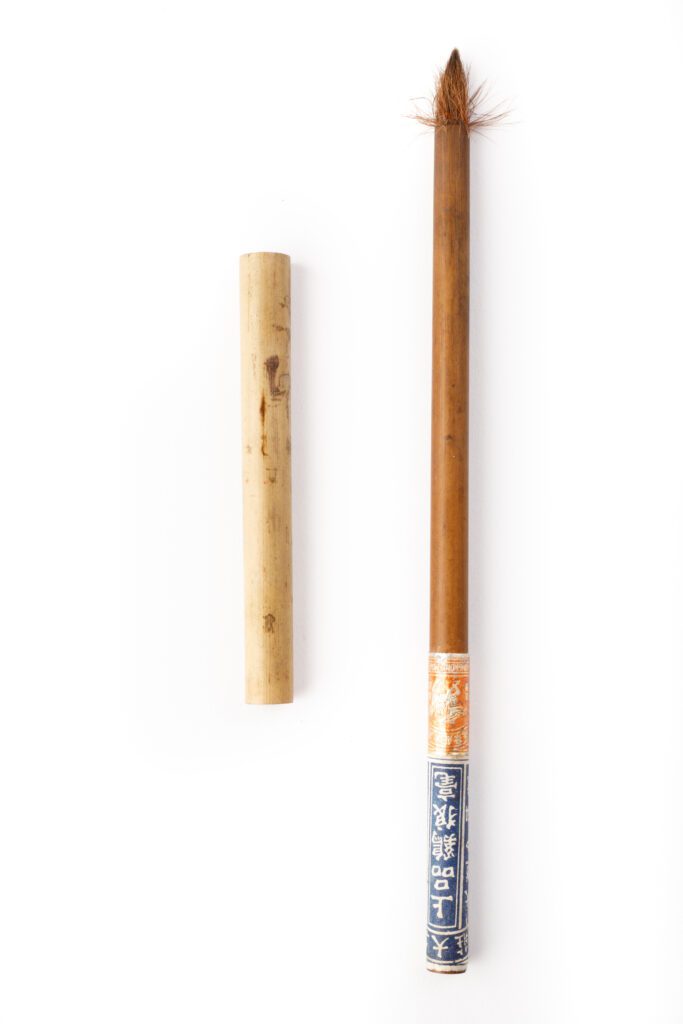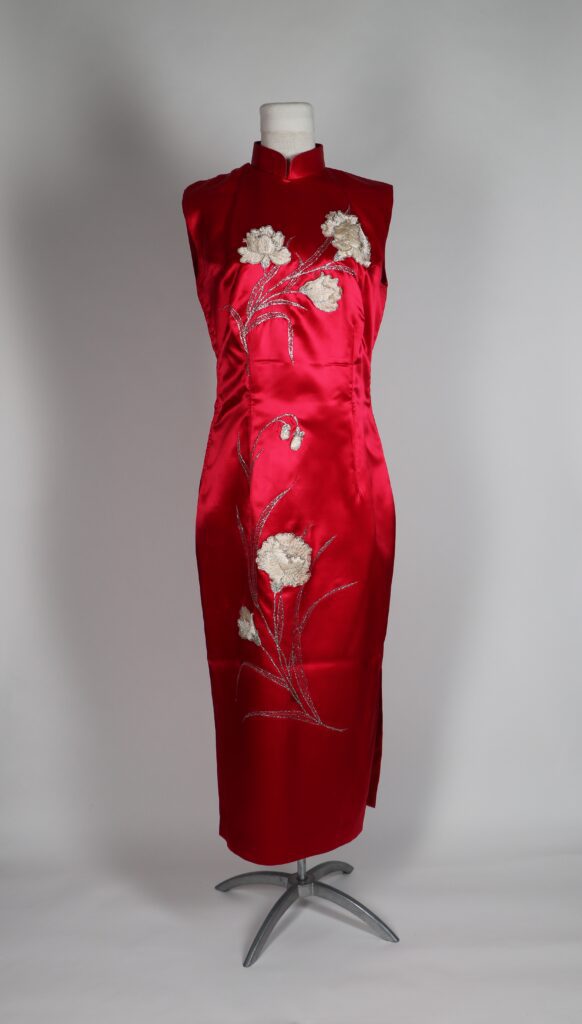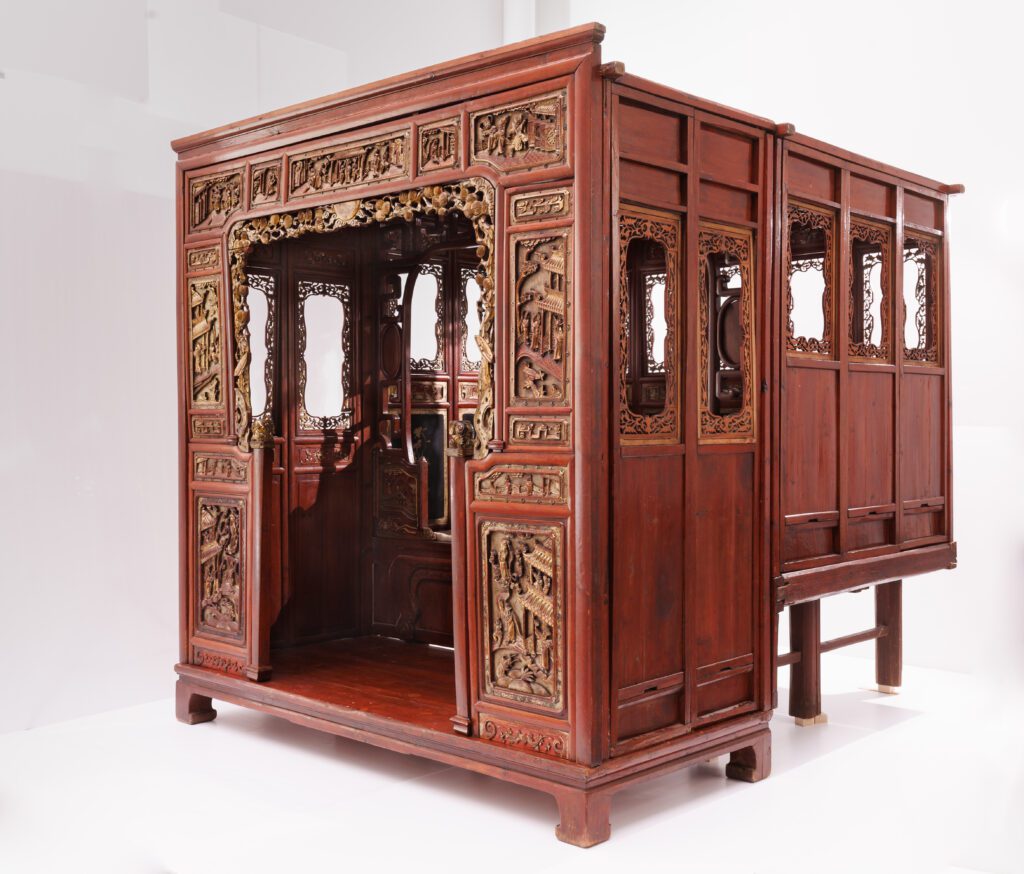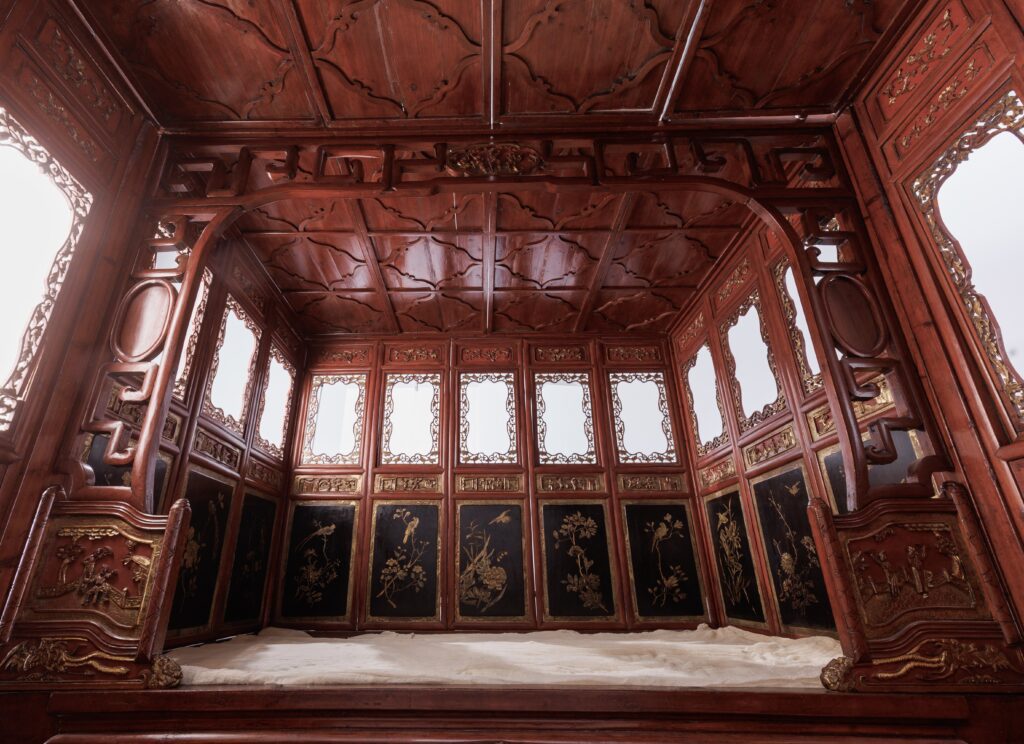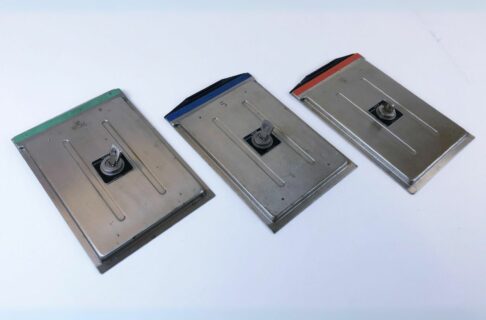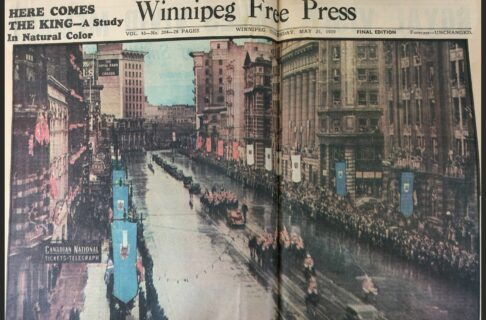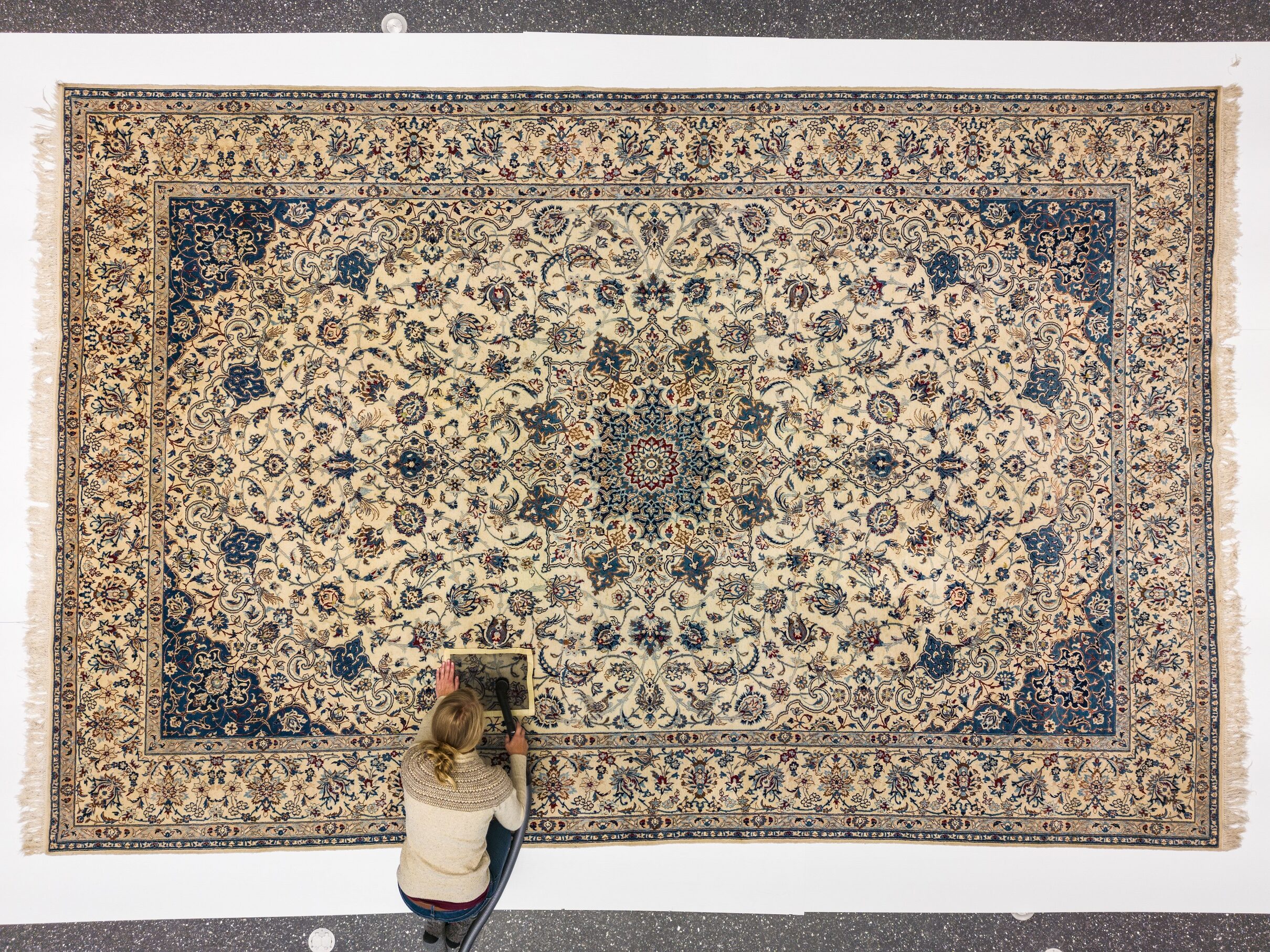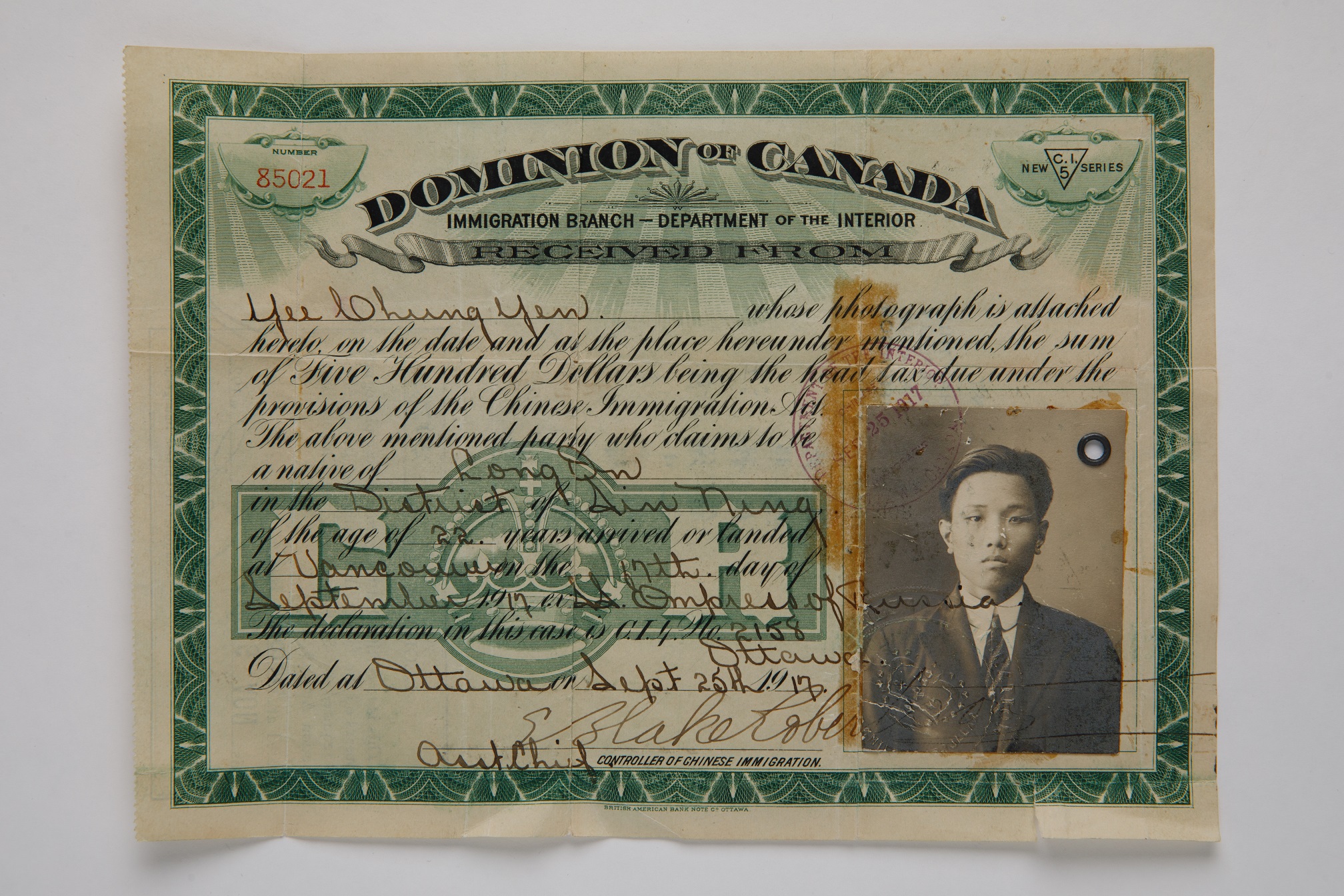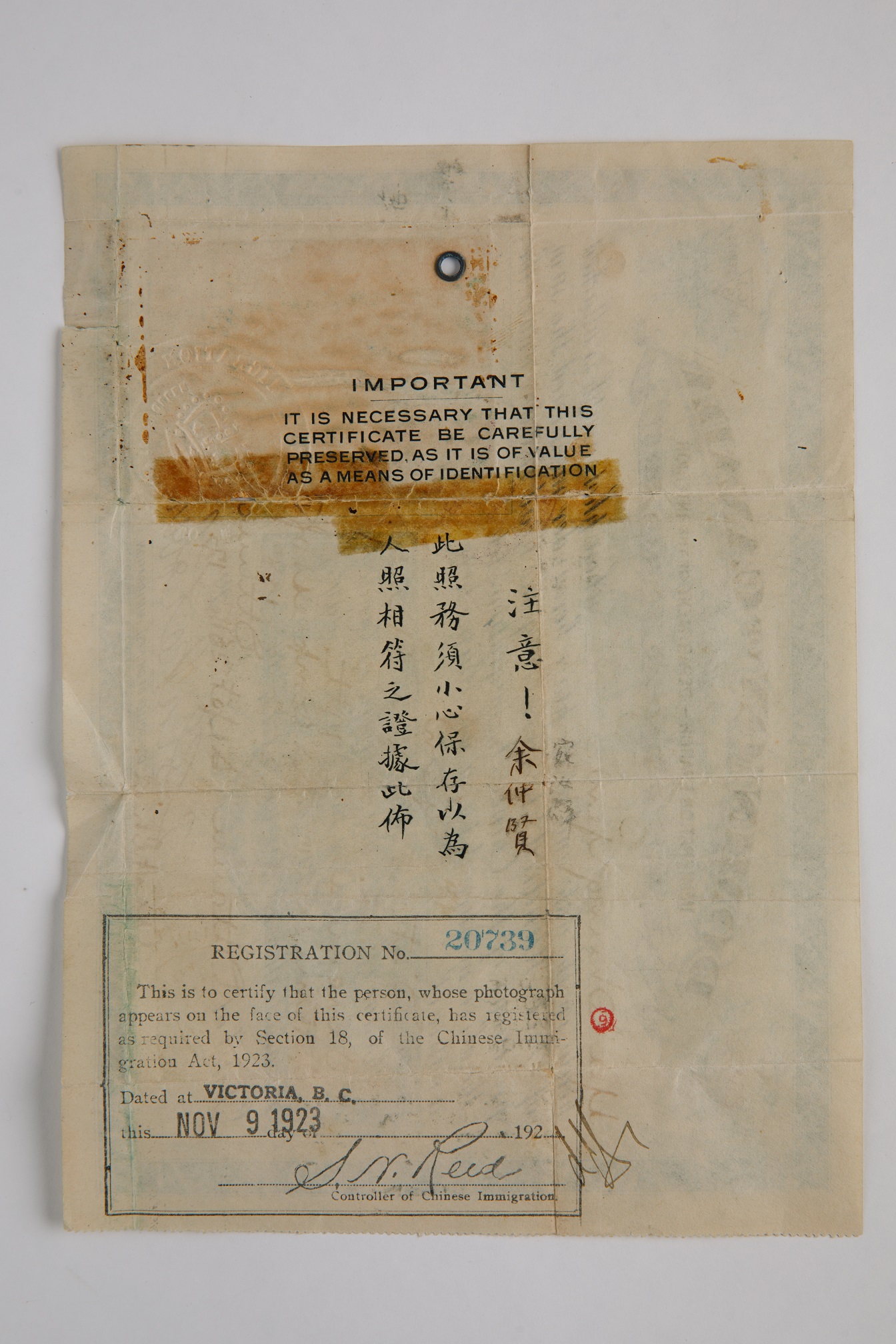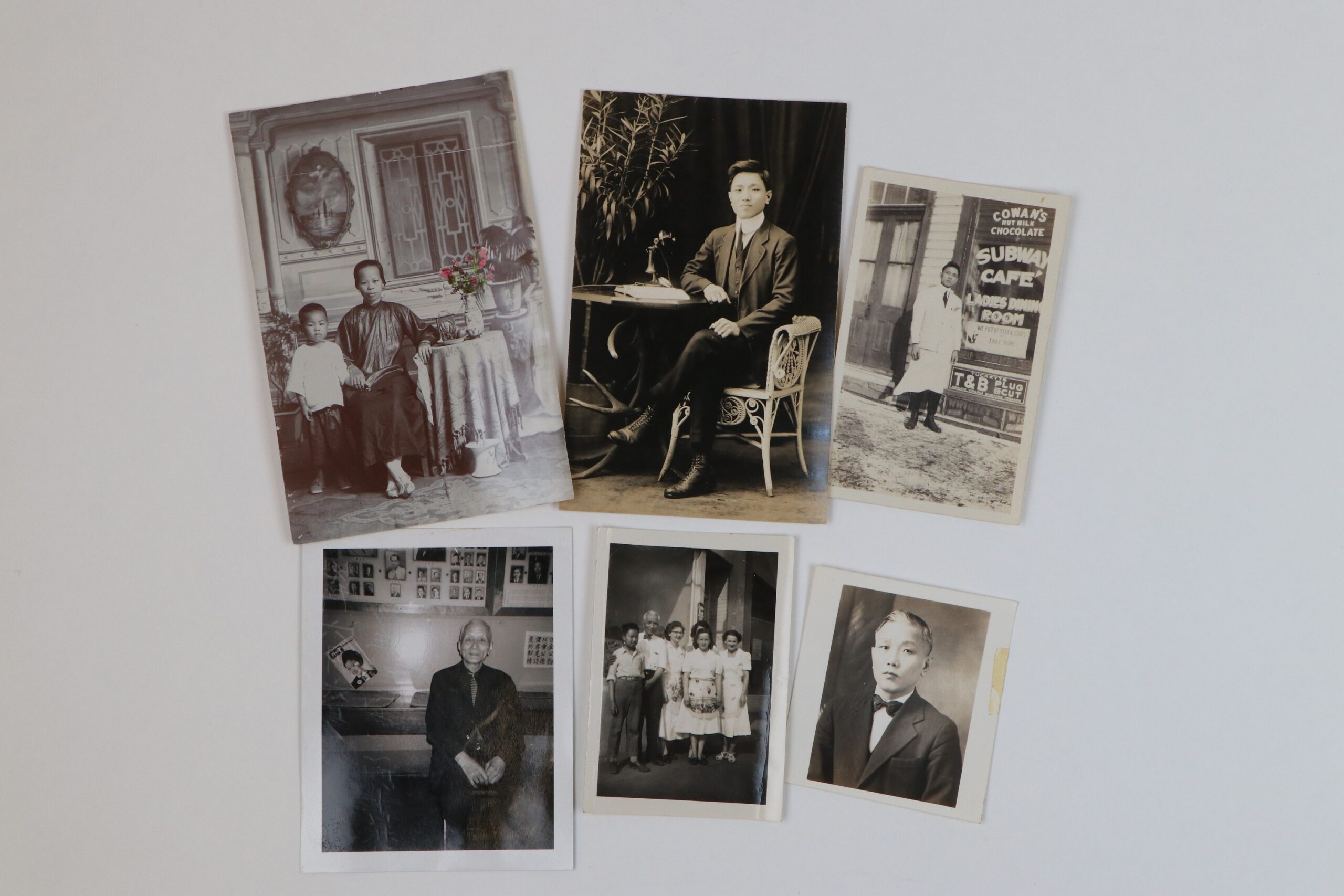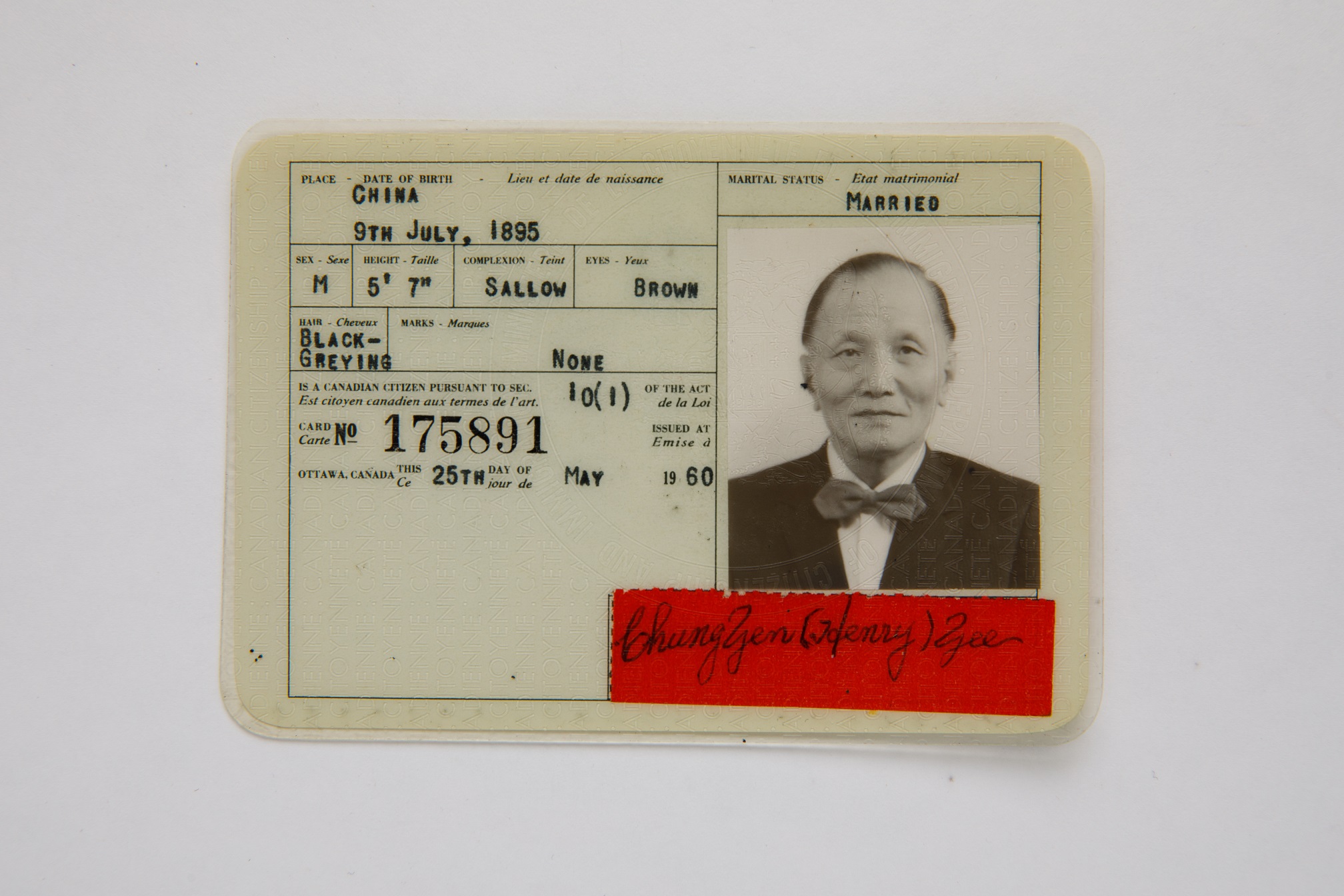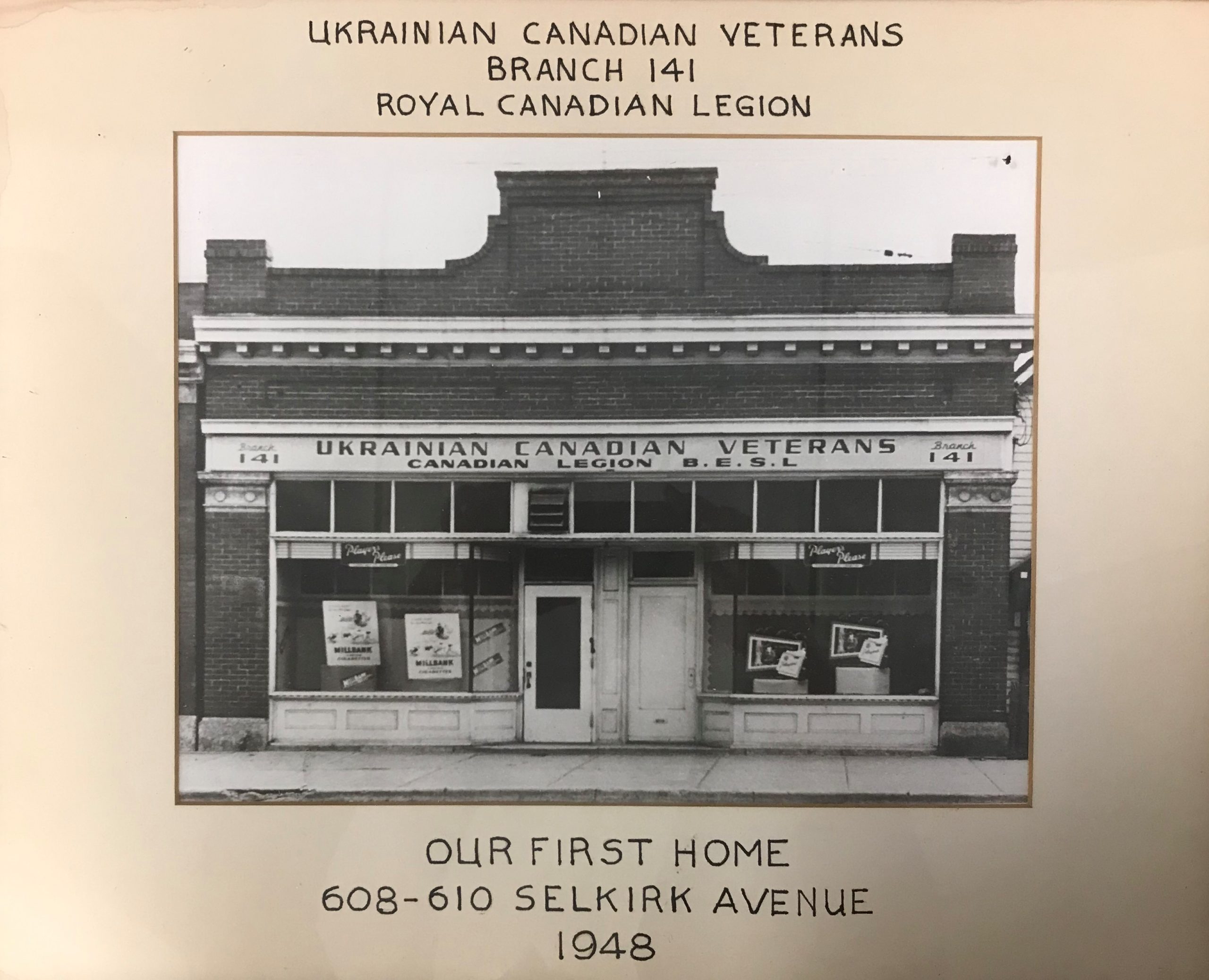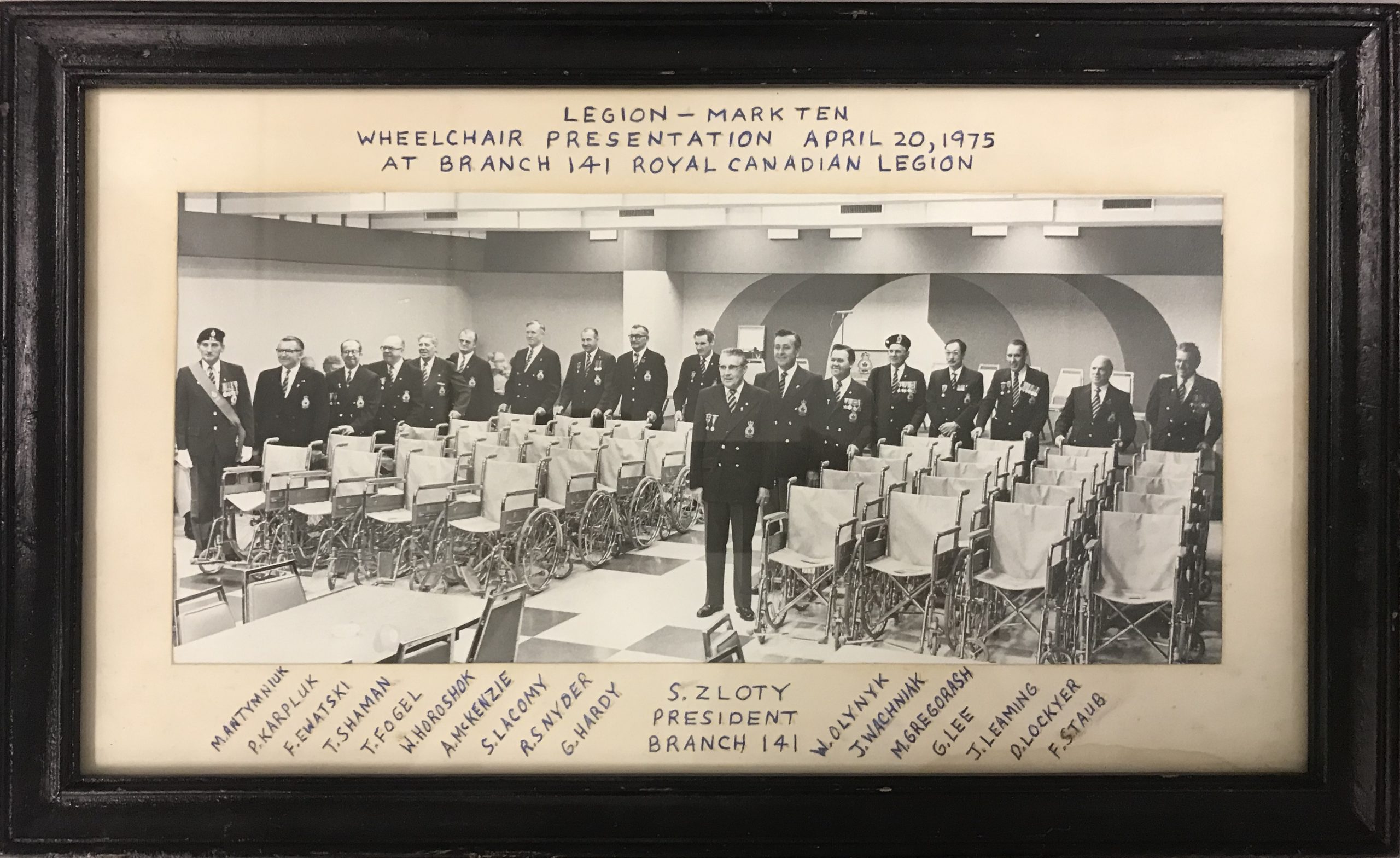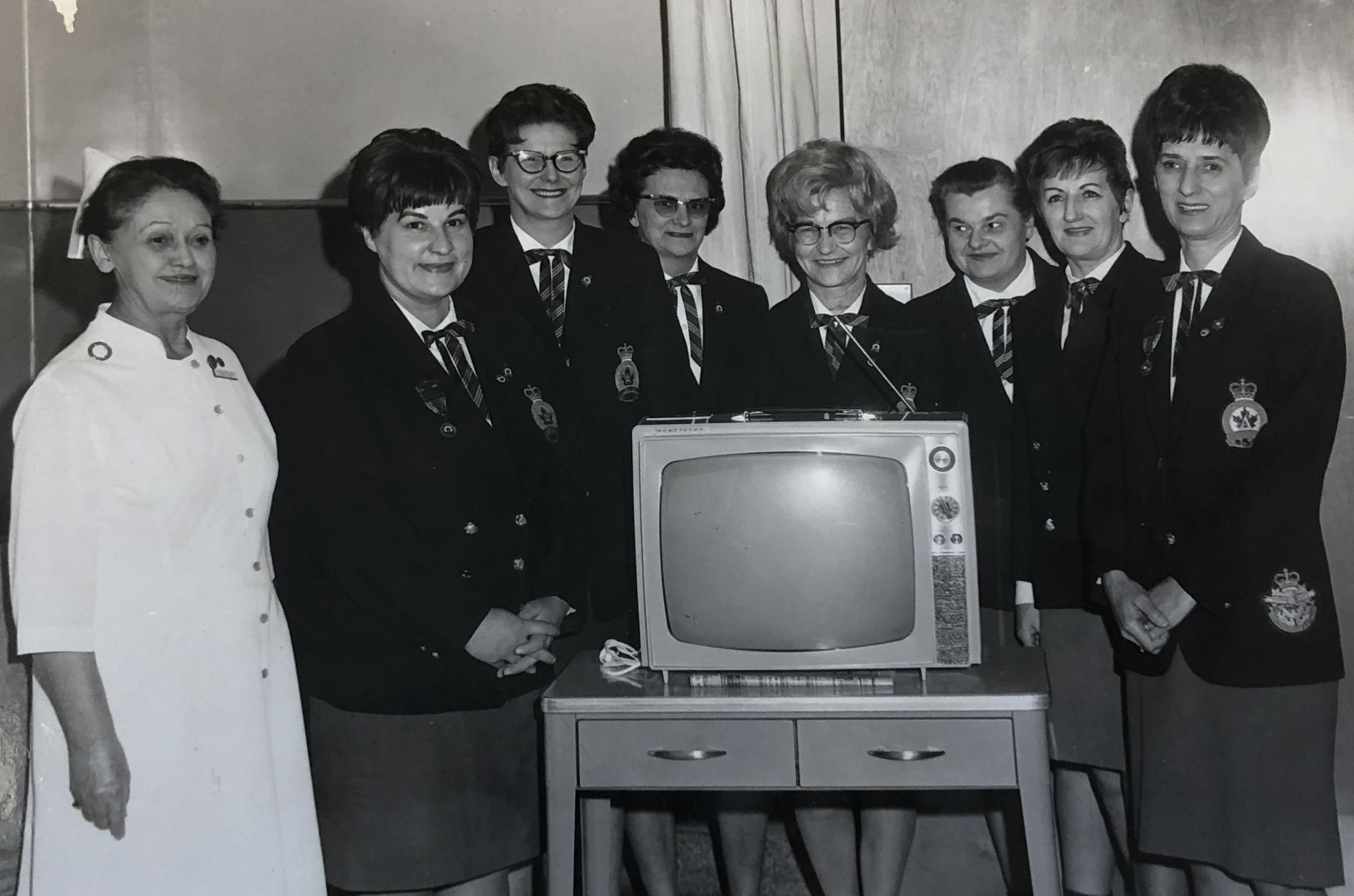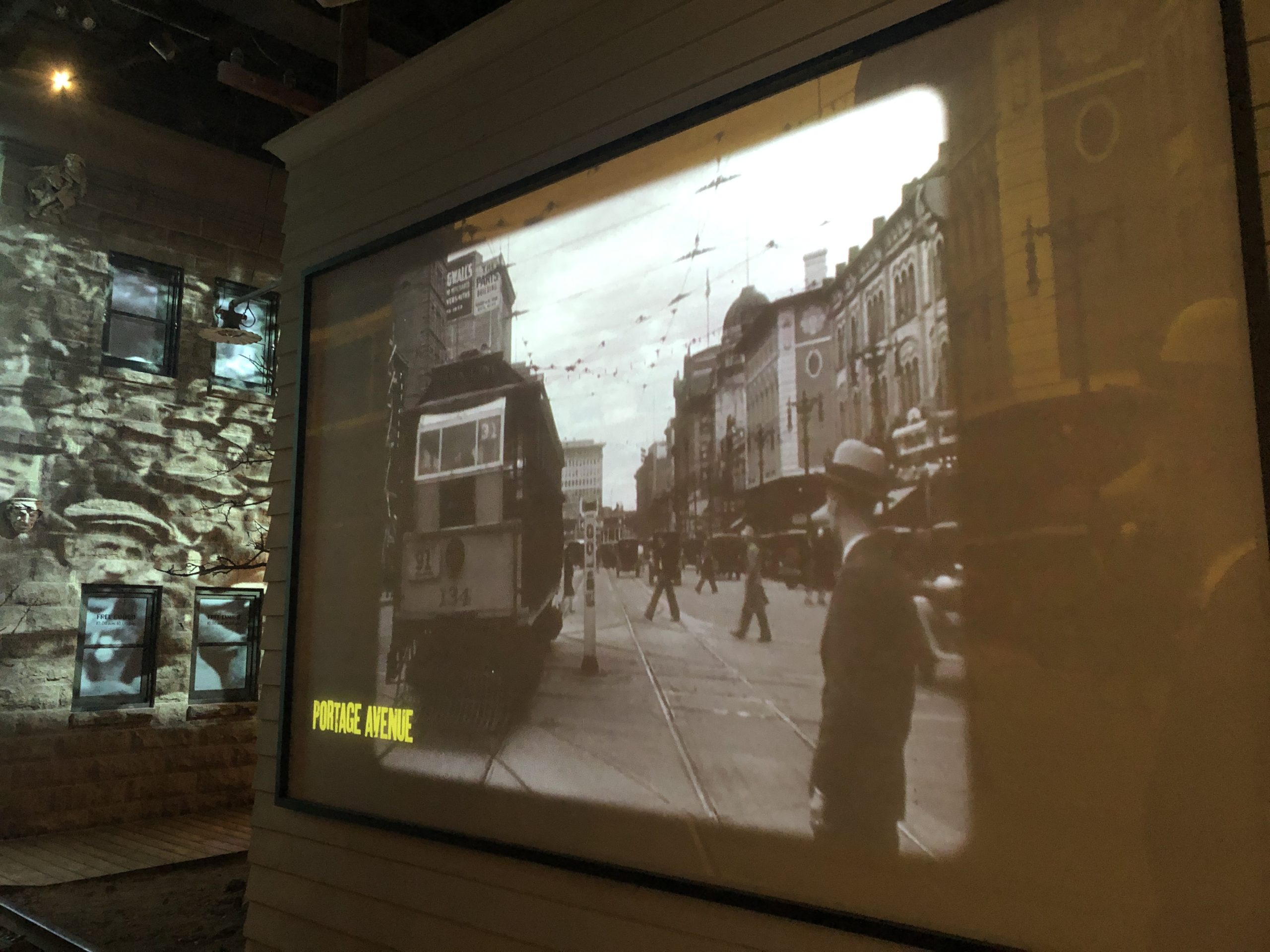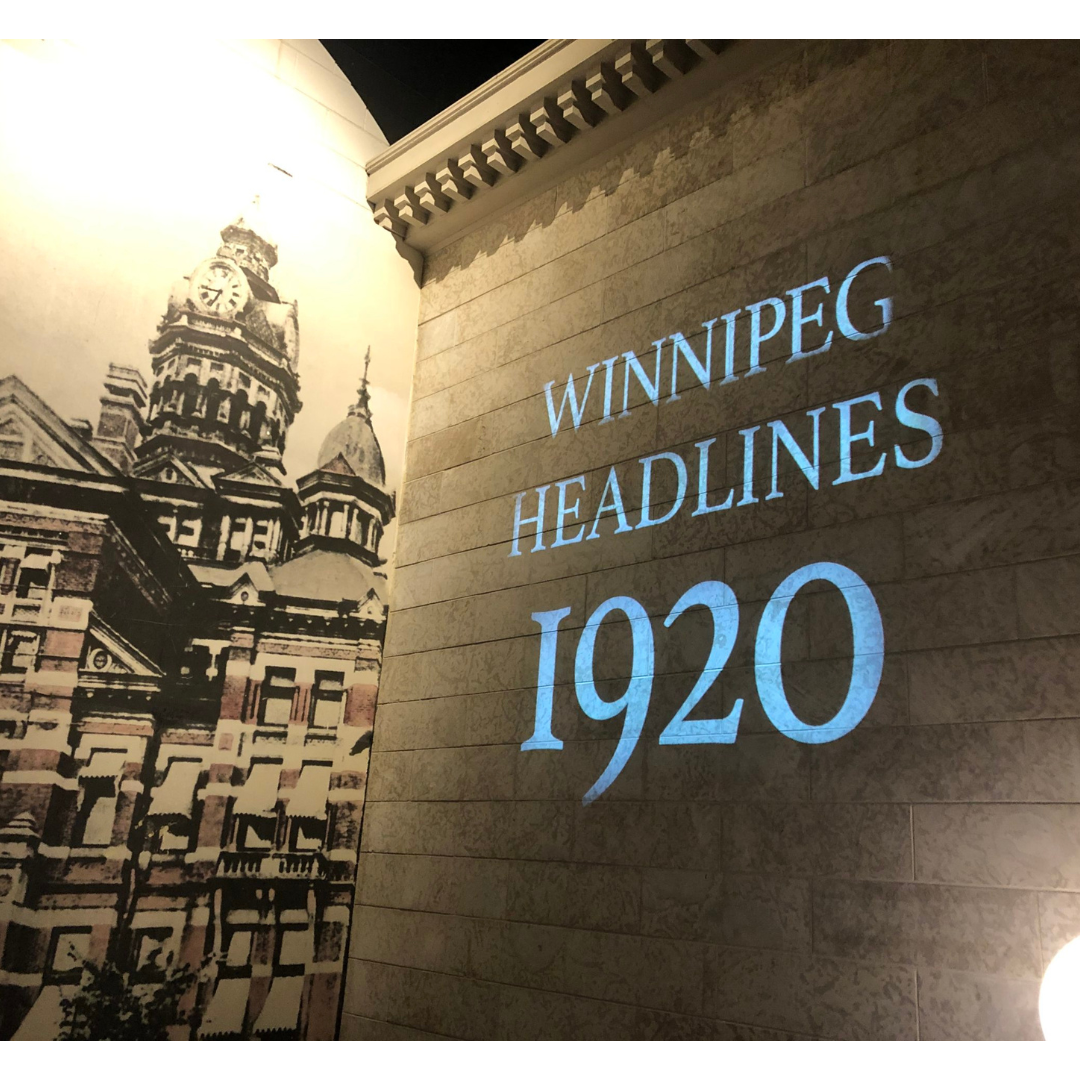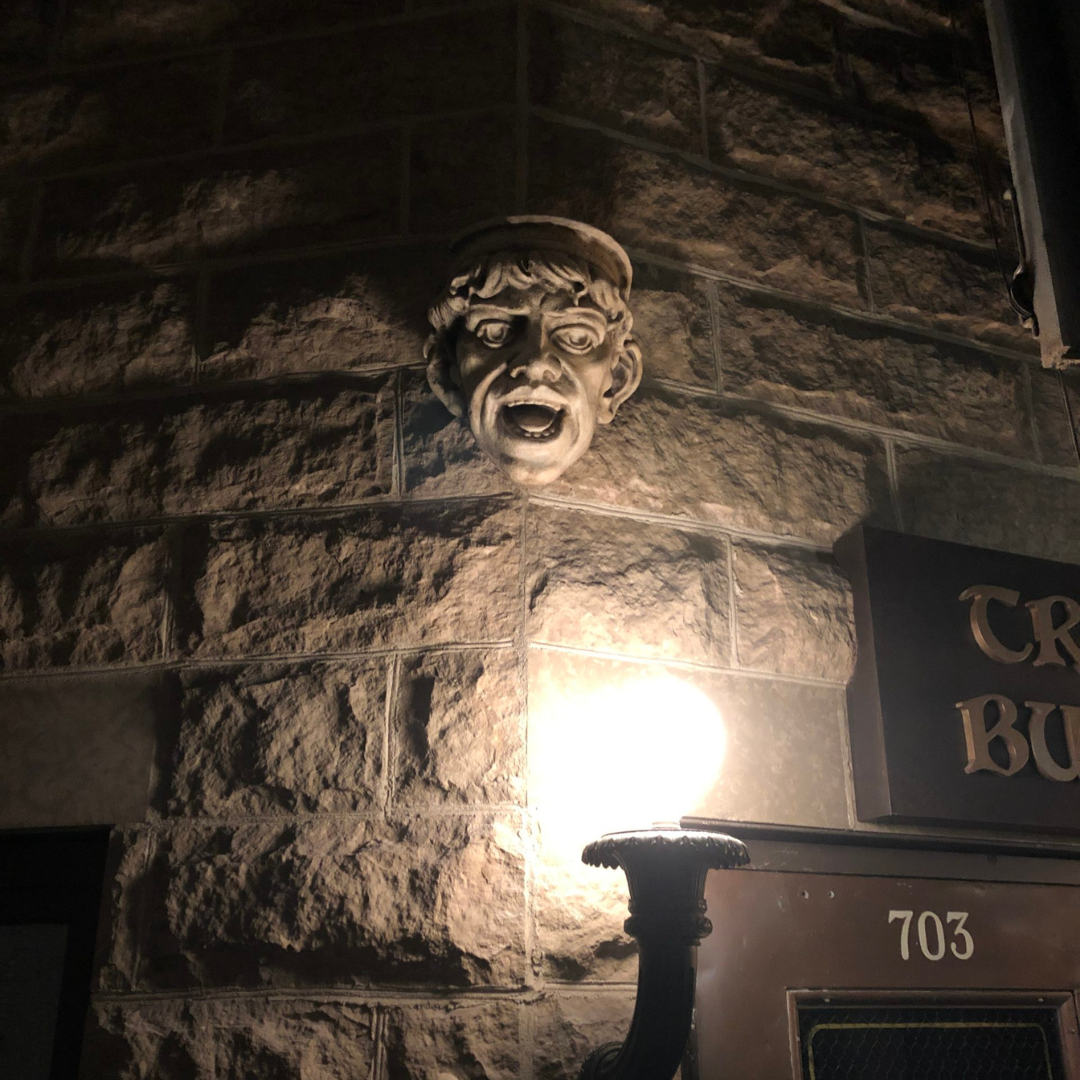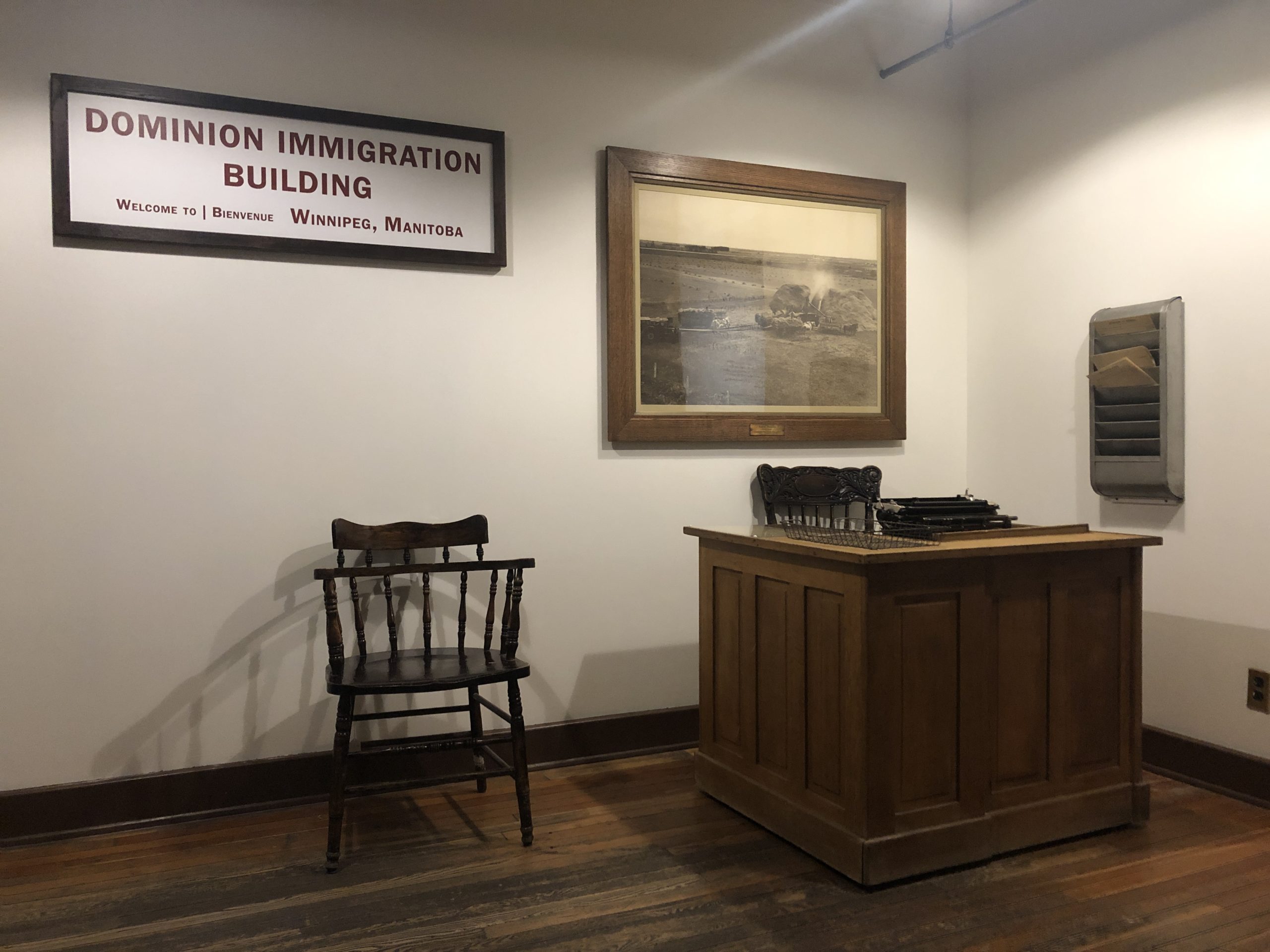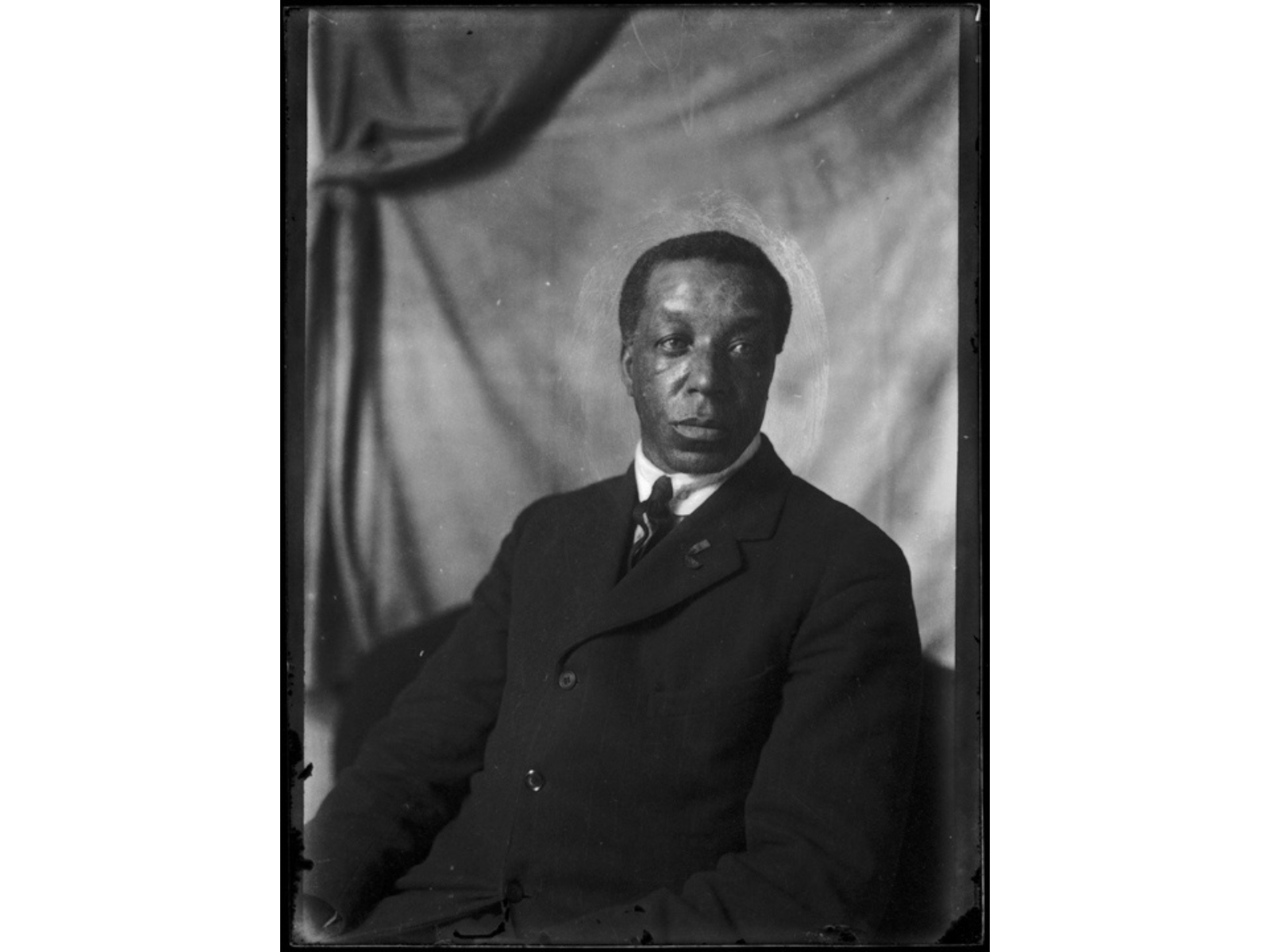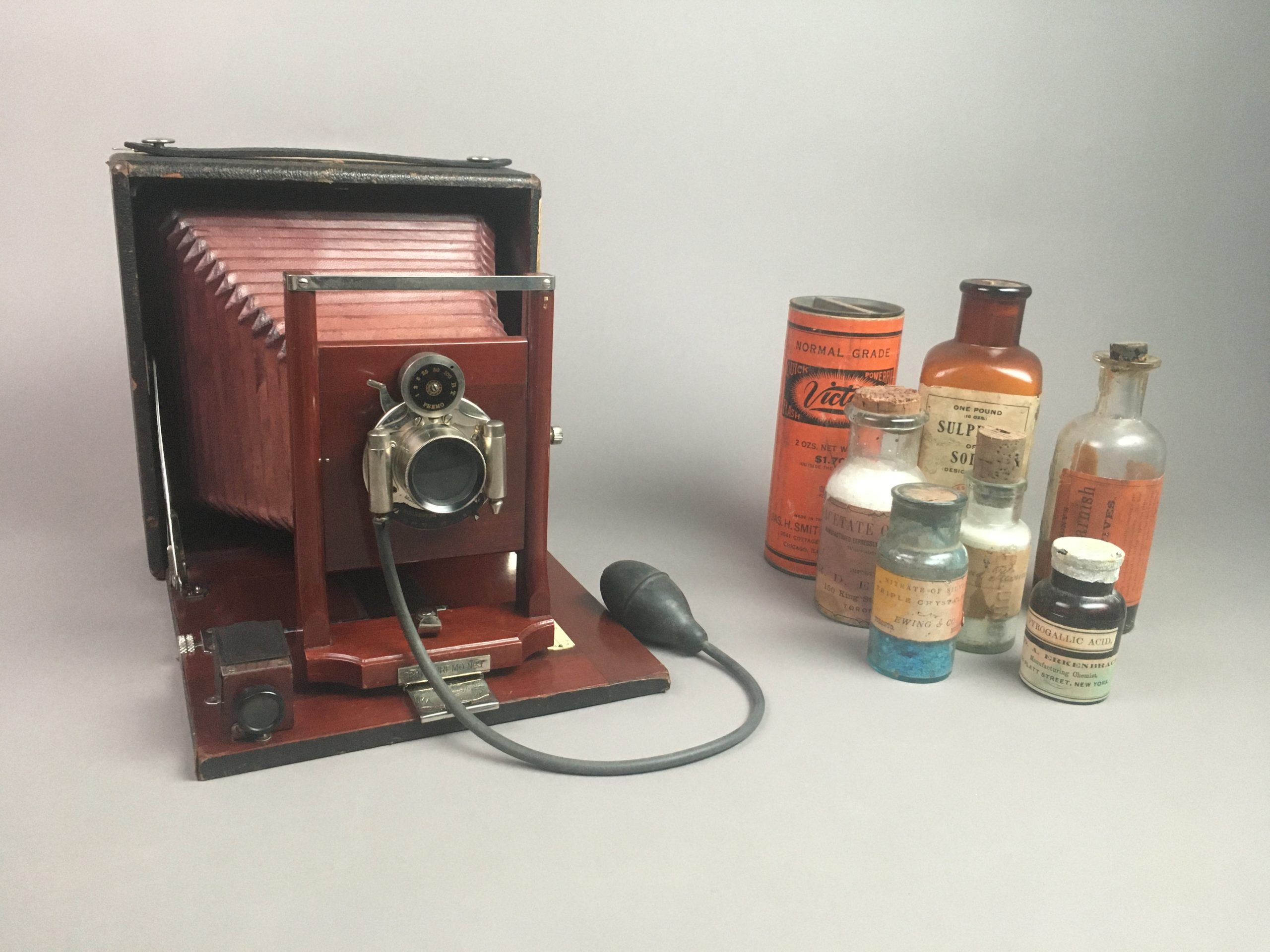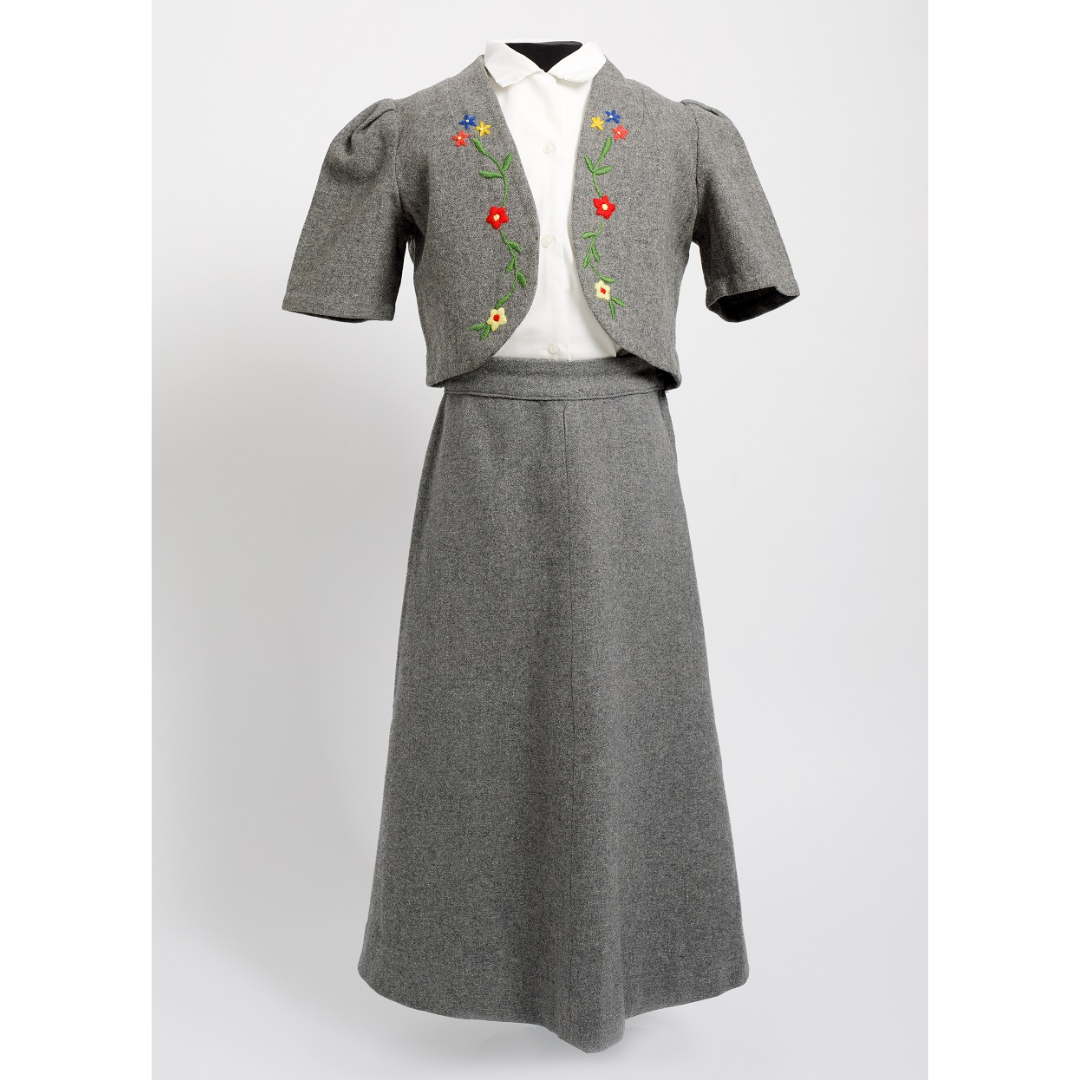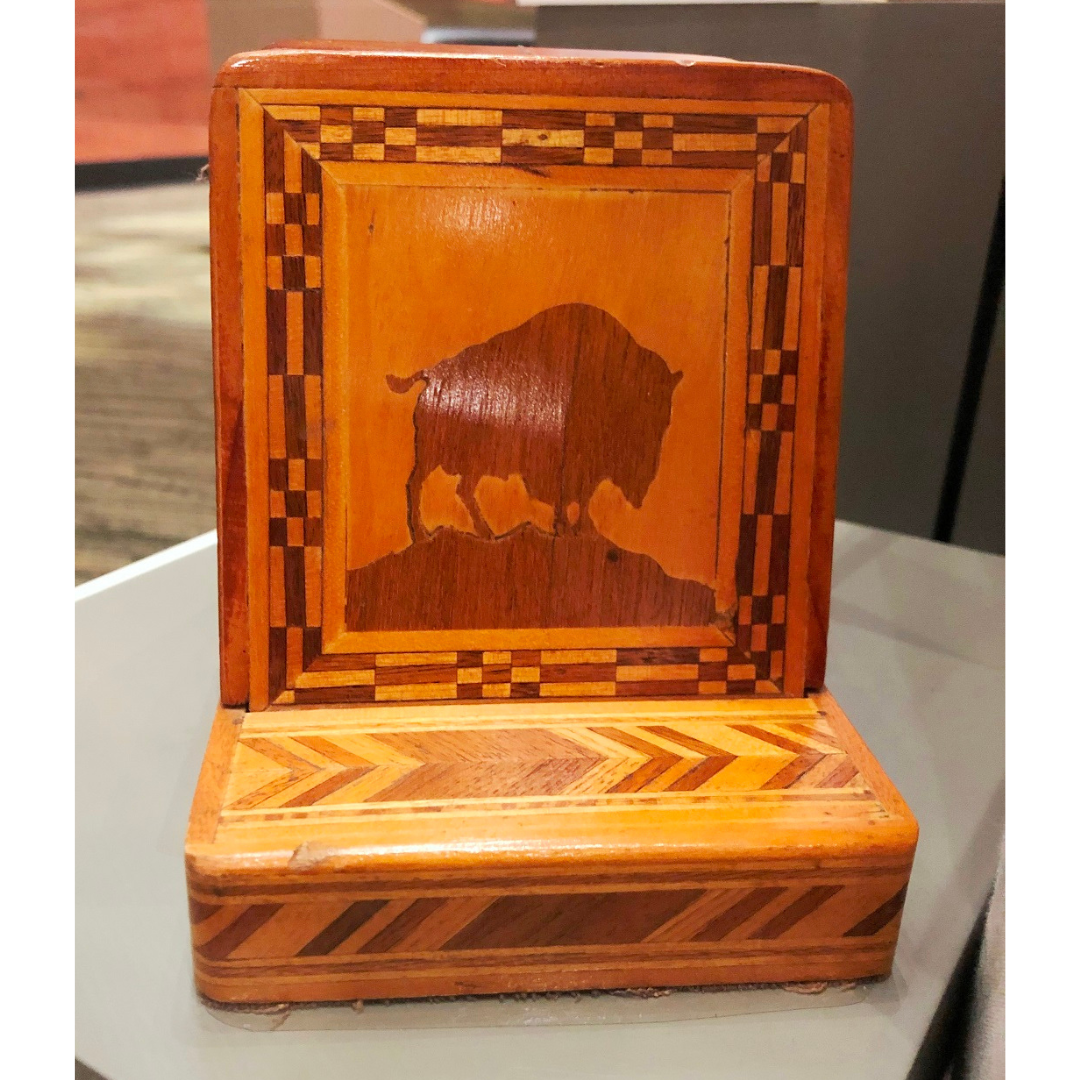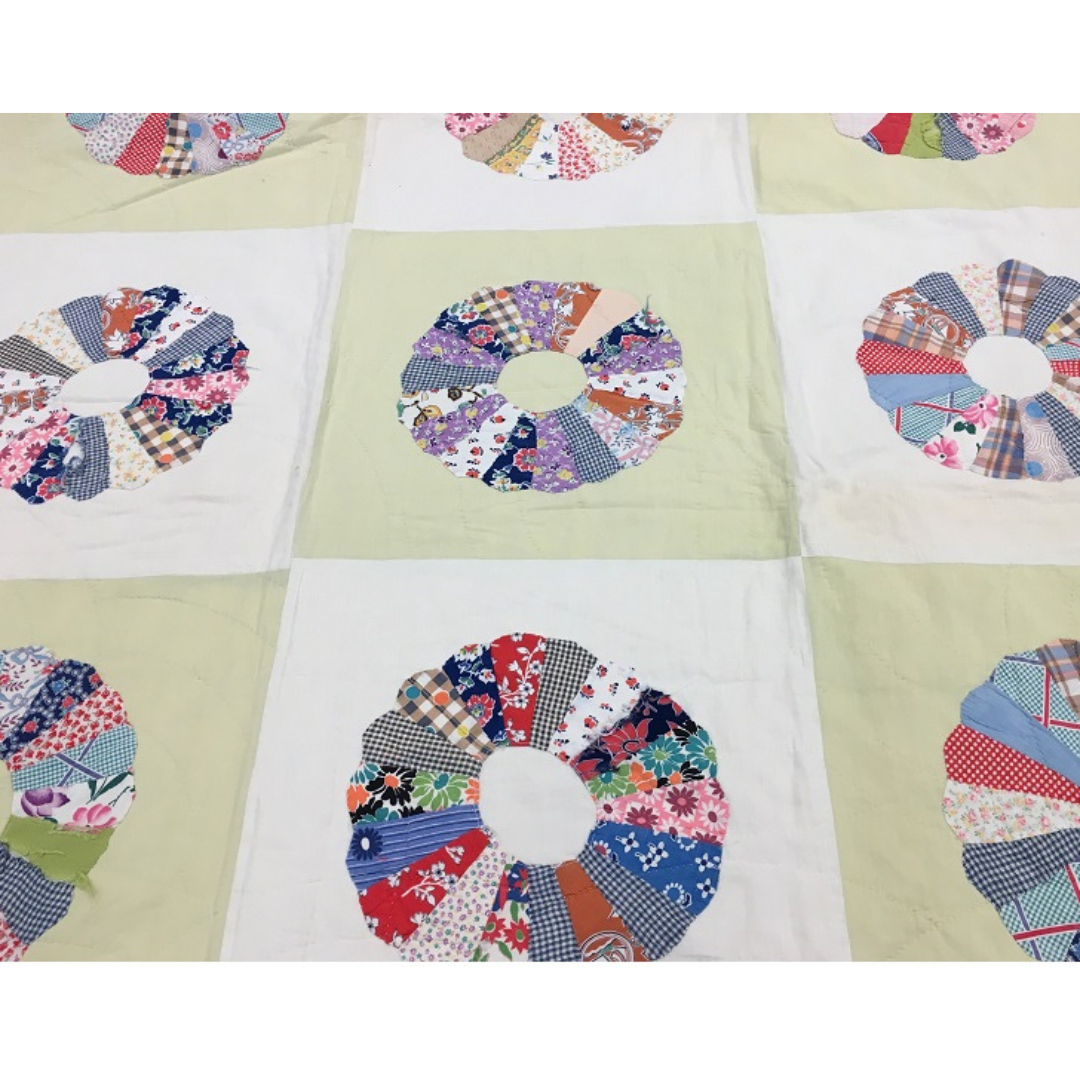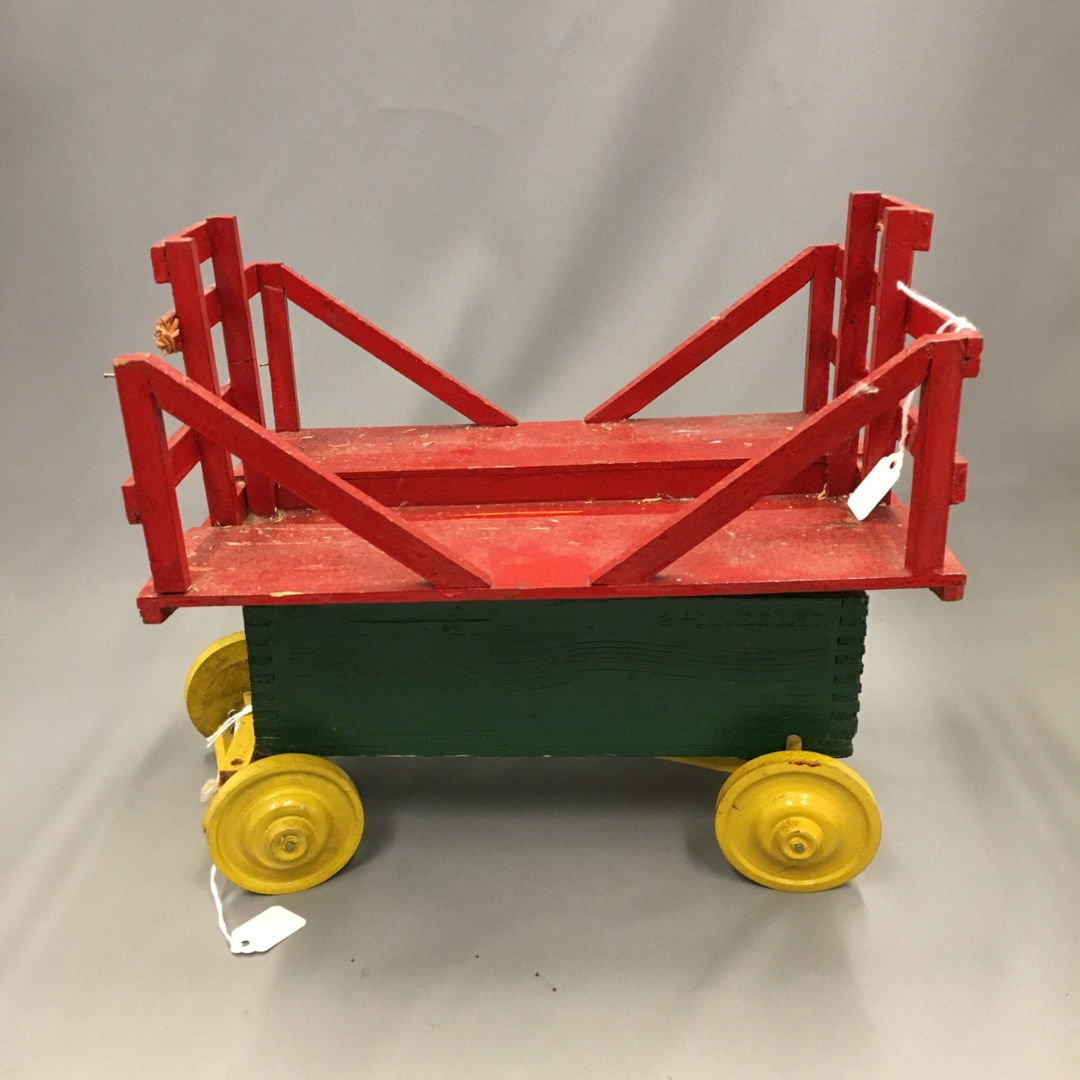Posted on: Friday February 14, 2025
A. and M. Hurtig Furriers
The A. and M. Hurtig Furriers shop is a new exhibit in the Winnipeg 1920 Cityscape at the Manitoba Museum, featuring authentic fur accessories and furrier tools from the early 20th century. The exhibit includes the front entrance display and the backroom workshop. A. and M. Hurtig Furriers was only one of forty-three furrier shops in Winnipeg.
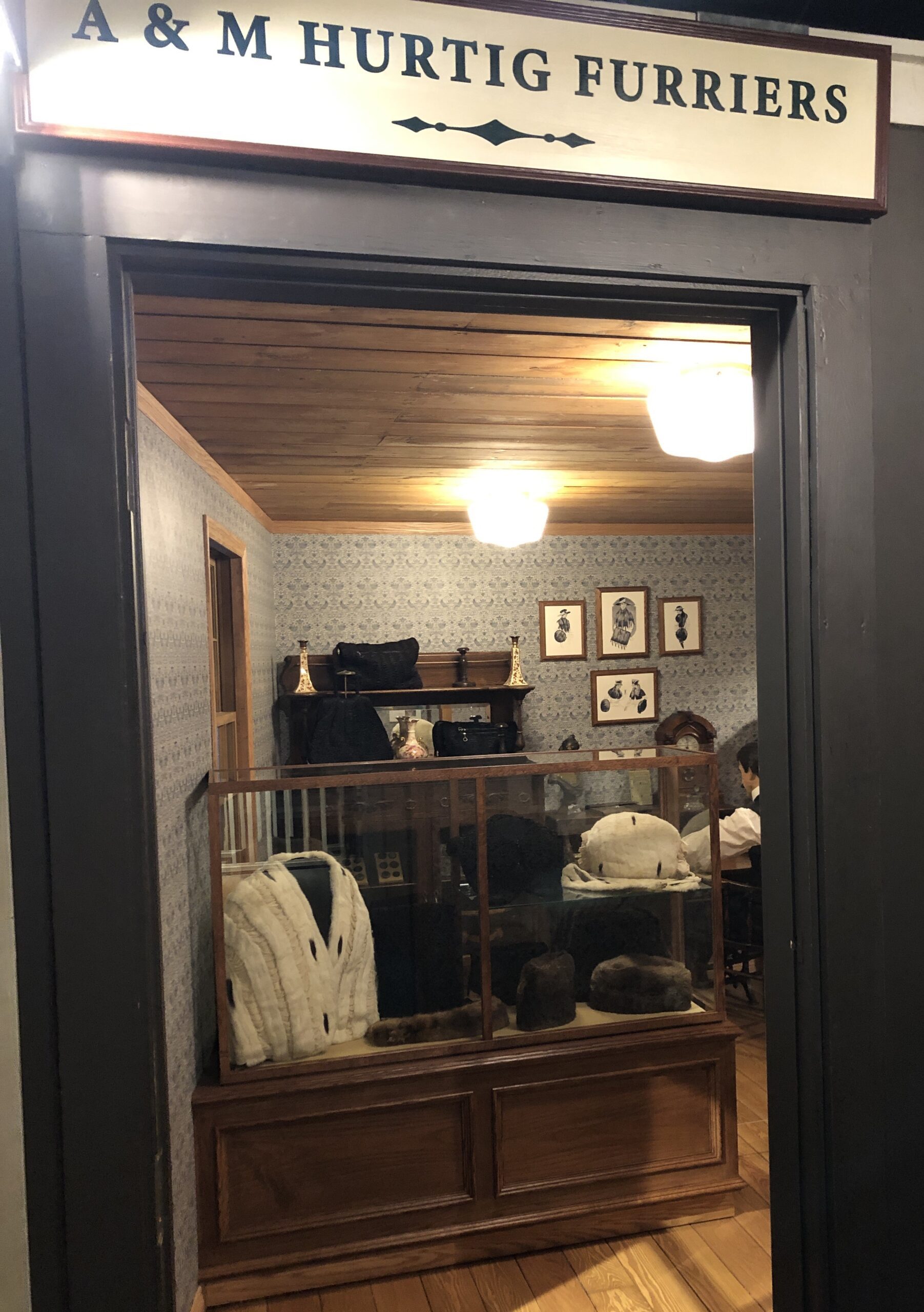
The new A & M Hurtig Furriers exhibit in the Winnipeg 1920 Gallery.
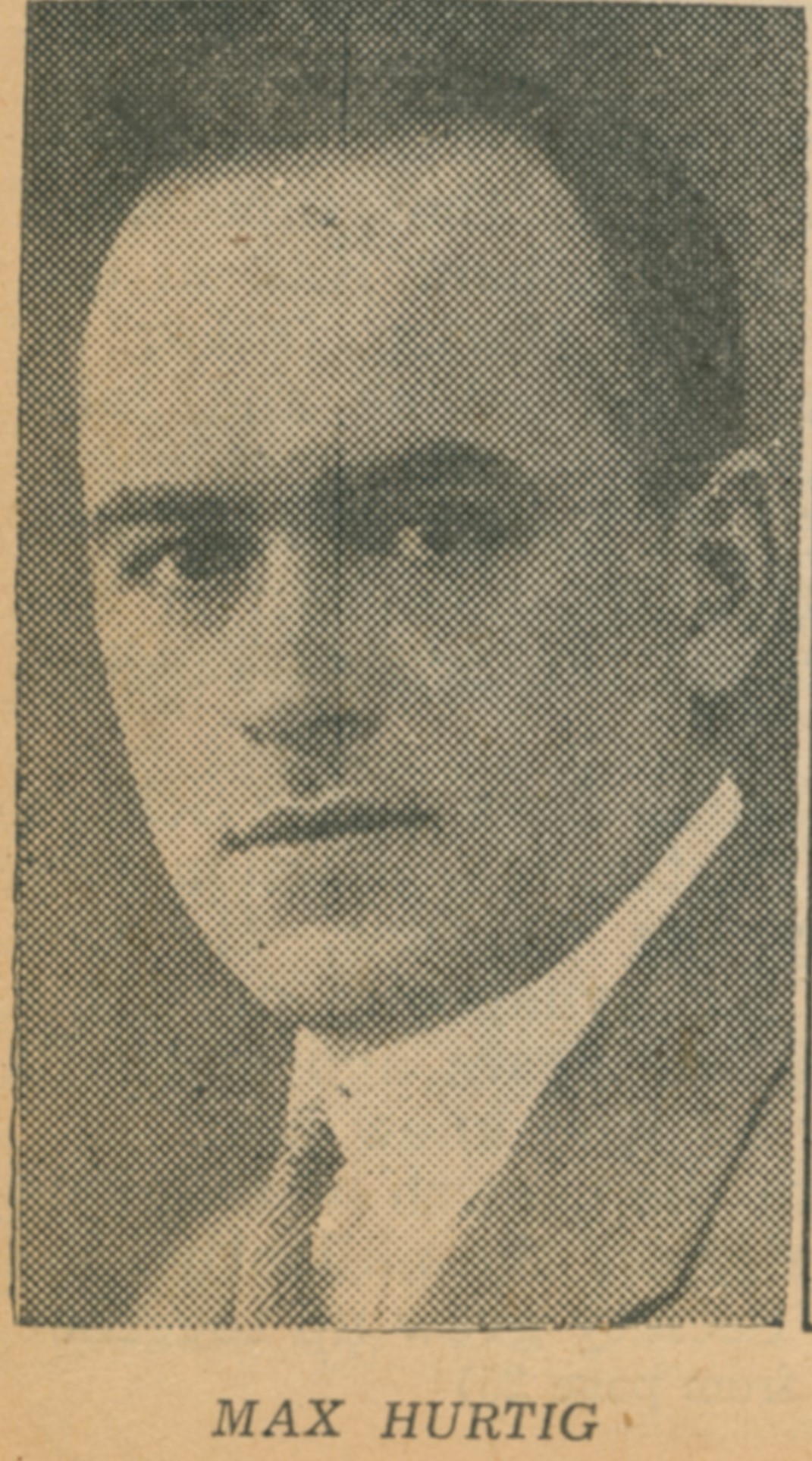
Max Hurtig. Jewish Post, Sept. 7, 1950. Jewish Heritage Centre of Canada
Adolph and Max Hurtig were Jewish immigrants from Romania who arrived in Winnipeg in 1908. Ten years later they founded the A. and M. Hurtig Furriers business. Anne Hurtig, a relative, was the bookkeeper of the shop. Their employees made fur coats and accessories for a growing Winnipeg population. The early shop was at 476 Portage Ave, across from the current University of Winnipeg, and they in 1935 they moved to 262 Portage Ave.
By the 1920s, about half of all garment industry workers and owners in Winnipeg were Jewish.[i] In Canada, about one third of all furriers were from the Jewish community. [ii] During this period, First Nations trappers across Western Canada also sold furs directly to Jewish itinerant traders, challenging large companies like the HBC.[iii] In the late 1920s and 30s, Hurtig Furriers became a site of bitter labour disputes that pitted labour unionists against garment and furrier business owners. This was resolved once union contracts were finally signed, and military contracts in the Second World War created huge demand for their products.
[i] https://www.jhcwc.org/exhibitions/a-stitch-in-time/the-garment-business/
[ii] Louis Rosenberg. Canada’s Jews: A social and economic study of the Jews in Canada. 1939. Pp178-179.
[iii] Colpitts, George. Itinerant Jewish and Arabic Trading in the Dene’s North, 1916-1930. 2013. Journal of the Canadian Historical Association, p 172.
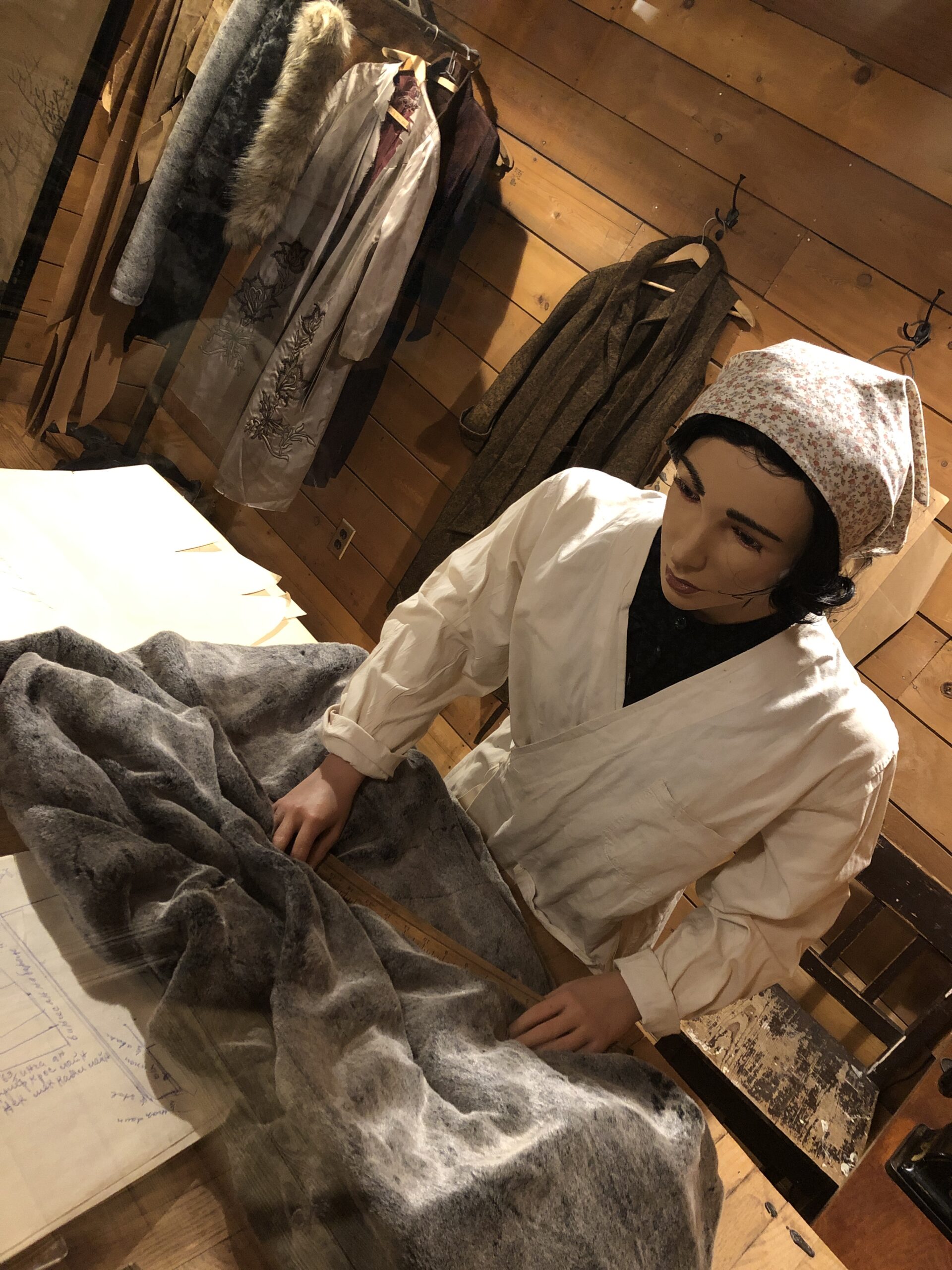
The A & M Hurtig Furriers workshop in the Winnipeg 1920 Gallery.
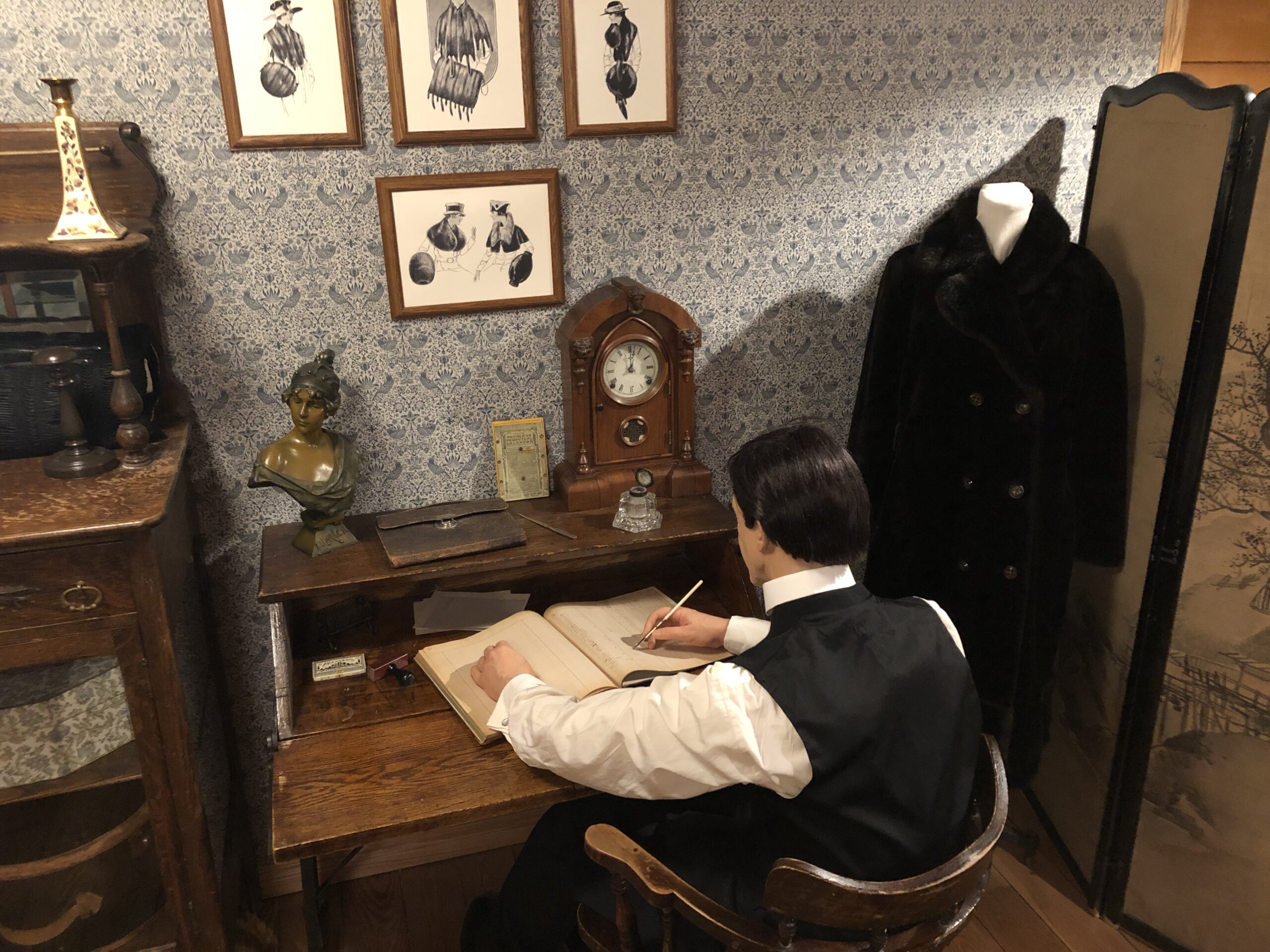
The new A & M Hurtig Furriers exhibit in the Winnipeg 1920 Gallery, featuring the storefront area.
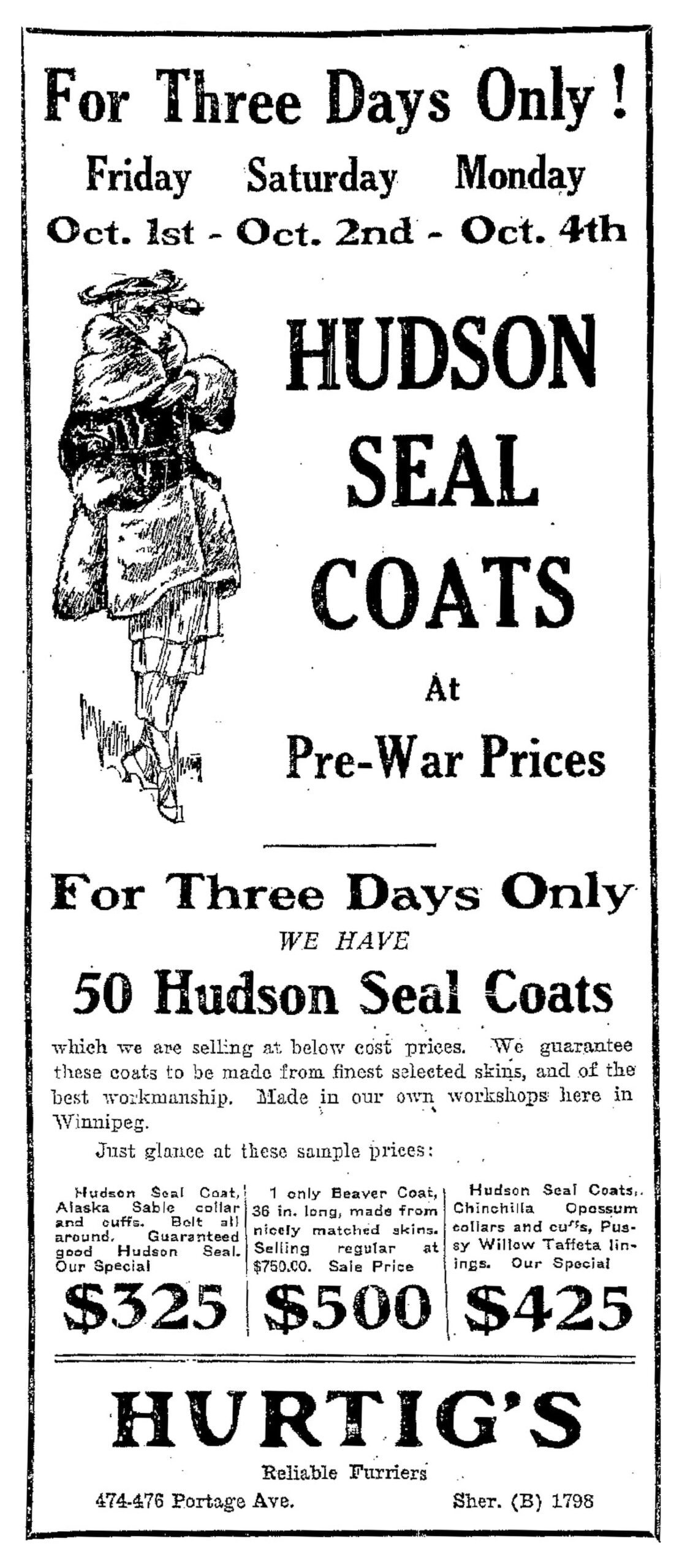
Manitoba Free Press ad, June 13, 1920.
The Jewish Community in Winnipeg
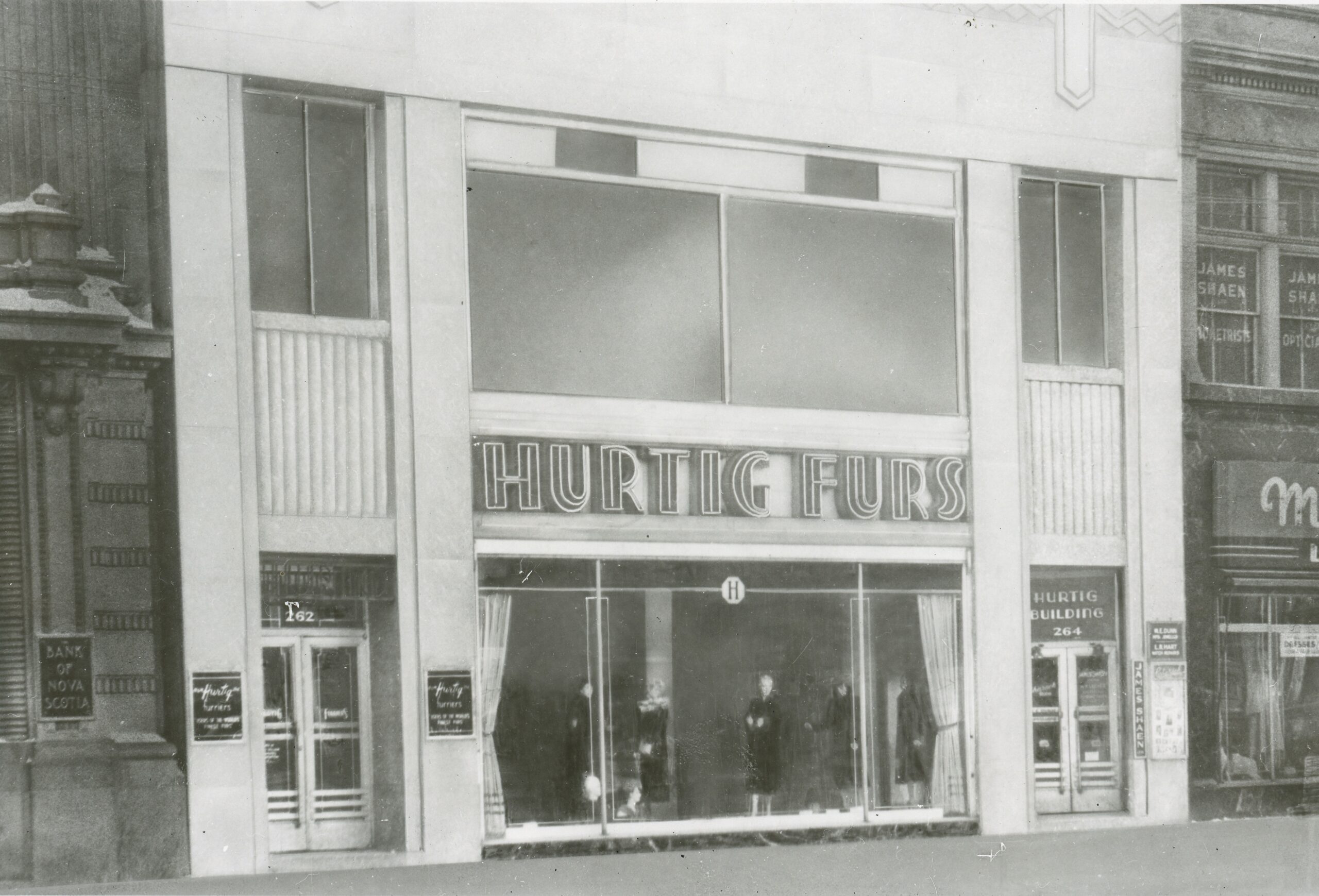
The Hurtigs were very involved in Winnipeg’s Jewish community, contributing to the Shaarey Zadek and Beth Abraham Synagogues, the Jewish welfare fund, and more.
The first large group of Jewish immigrants to arrive in Winnipeg were refugees from the 1881 Russian pogroms – organized massacres and looting of Jewish settlements. More Jewish immigrants from other parts of Europe arrived over the decades, and by 1920 over 10,000 Jews lived in Winnipeg. Synagogues and mutual aid societies were founded, especially in the North End. Though the Jewish community was essential to Winnipeg’s growth and prosperity, anti-Semitism was widespread at this time. Many Jews were excluded from clubs, residential areas, employment, and some university programs. After the Second World War, many Holocaust survivors relocated in Winnipeg.
For more detailed information about Jewish participation in the garment trade in Winnipeg, visit the virtual exhibit “A Stitch in Time,” created by the Jewish Heritage Centre of Canada: https://www.jhcwc.org/exhibitions/a-stitch-in-time/
Image: In 1935 the Hurtigs moved shop to a big, shiny, new Art Deco building at 262 Portage Ave. This building was designed by Green Blankstein Russell and Ham, and is considered one the most important Art Deco business buildings in Winnipeg. It currently stands empty, the one-time home of Dominion News. For more details visit https://winnipegarchitecture.ca/262-portage-avenue/
Creating the Exhibit
Exhibit production happens in stages, beginning with research and artifact selection, and moving on through design, purchasing of materials, construction, and artifact installation. In all, 10 museum staff and a volunteer were involved in the creation of the exhibition. Research assistance was also provided by staff at the Jewish Heritage Centre of Canada.
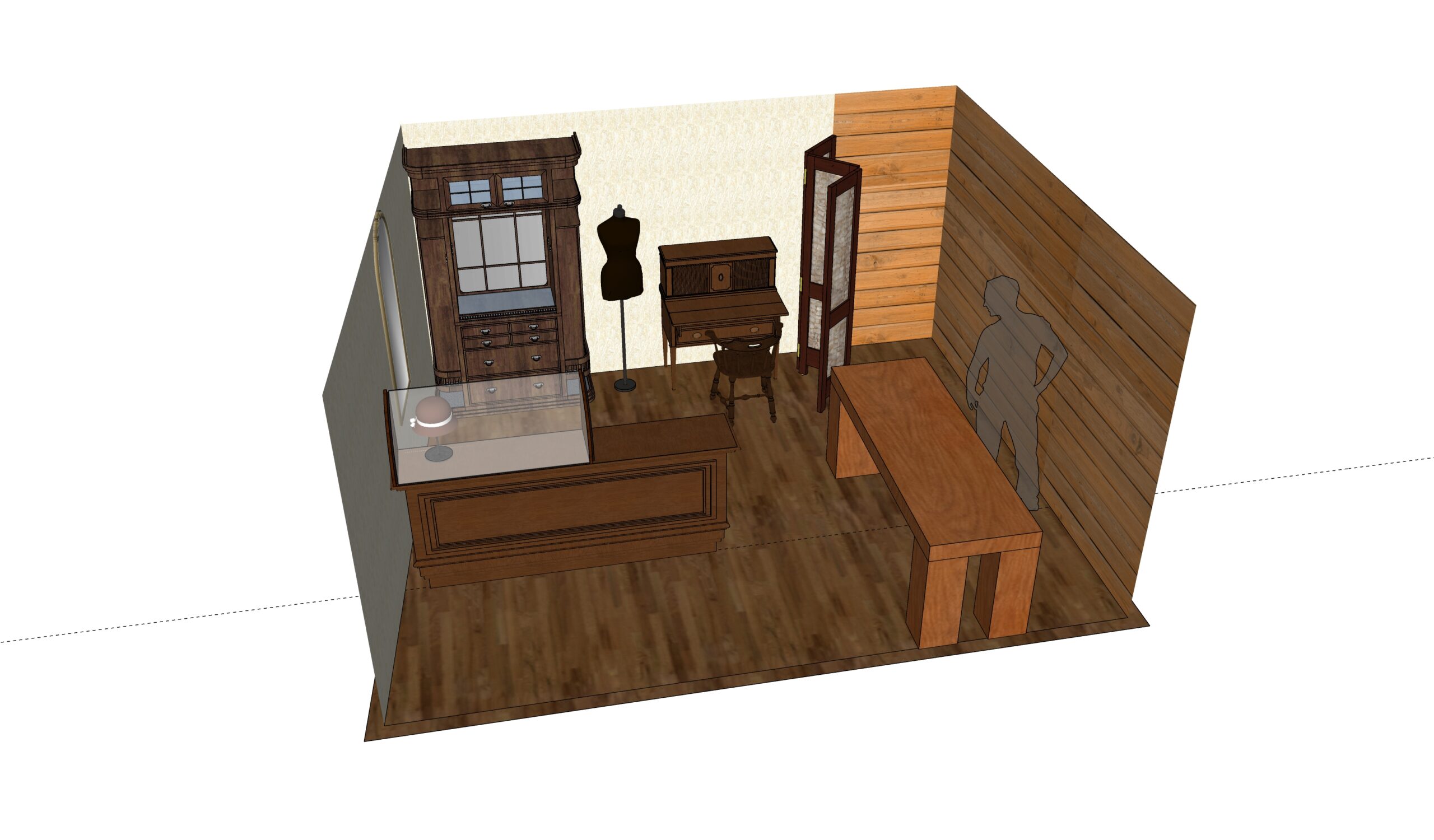
A & M Hurtig Furriers exhibit concept design, by Manitoba Museum Exhibit Designer Anastasiia Mavrina.
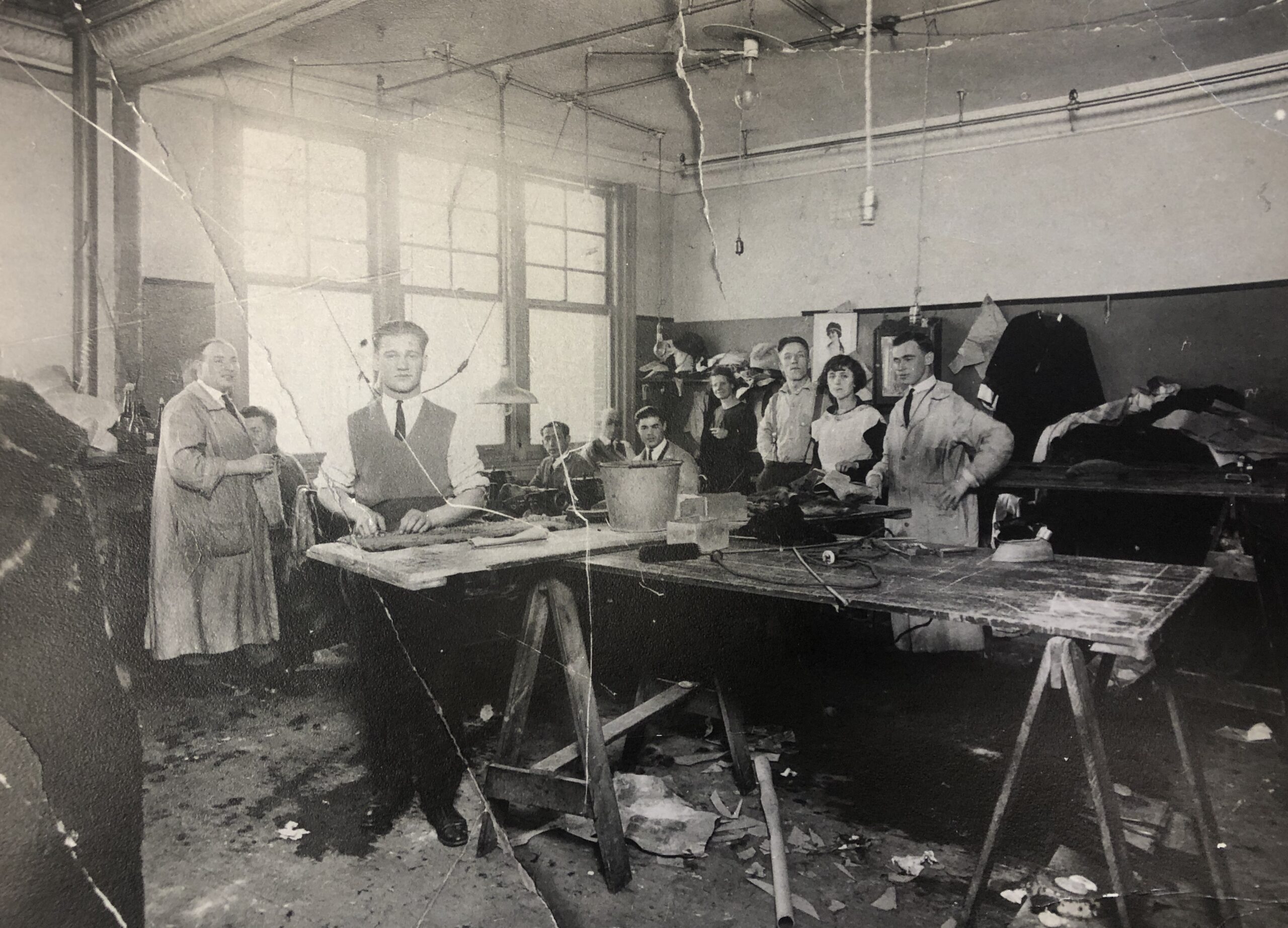
This 1922 photograph of a Jewish furrier workshop in Winnipeg provided us with the inspiration for our reproduction in the exhibit. Jewish Heritage Centre of Canada.




